From 1993 to 1996, you studied public law at the Berlin School of Economics and Law. Why didn’t you opt to study art? Do you have plans to do this in the future? Do you think that a photographer needs some kind of formal education?
My studies took place while I was still active in the police force and they served to advance my police career. I had no involvement with photography or art at the time. However, a lot of what I learned was, and continues to be, useful to me in my artistic development. Organisation, research and scientific work are all brought to bear in my development. I used these skills to work my way into every topic, and I came up with results on both a rational and emotional level. Actually, it was a self-organised course of study.
This has both advantages and disadvantages. The network and content that a traditional art course offers were missing. I work hard on this, however, in parallel to my actual work. On the other hand, my actual degree, and also my work as a teacher at the police academy, are an advantage when it comes to structured planning and communication with my project partners and the preparation of exhibitions.
But doing a traditional course in art or photography was something that never occurred to me. My medium, photography, and the development of the internet made it possible for me to choose my own direction and to evolve. These days, I’m so deeply involved in my development that I won’t take a university degree course.
I think that training or a degree in photography can be important. It’s good if someone is interested in that and goes ahead with it. Photography and art are so extensive that you can learn many things that you won’t learn if you’re self-taught. On the other hand, teaching yourself allows you to determine everything yourself and to put all your energy into pursuing your own ideas and dreams.
But, whether you choose the classical or the autodidactic path, a good foundation of discipline is necessary to keep moving forward and learning.
I think it’s great that today we have the option of choosing our own path.
Your work depicts women. Why women? Do you think it’s easier to convey the beauty of a female image in photography than a male one?
I do photograph men, too, such as dancers, boxers, actors and other creative people.
But my main focus in on working with women. For me, they symbolise the very origin of life. In many of my fashion works, you can see the female breast. This isn’t so much erotic as symbolic of this aspect of women’s lives as a beginning and as self-confidence, and it supports the overall expression of the works. Women are closer to their emotions and more courageous in interpreting and displaying them when working in front of the camera. Our work together is mostly a “dance”, in that there aren’t many set poses. In fashion photography, I apply the experience I gained in dance and boxing photography. For me, it’s a search for that “unexpected moment”. We follow each other. And in doing so, we challenge each other in our respective roles. It’s a highly concentrated process. Quite often, I’m physically and mentally exhausted after a photo shoot. This way of working together so freely is what gives the photographs the special expression that reflects my idea of beauty, aesthetics and female self-confidence. I love this process.
With men, the projects are also very intensive, but working with women is closer to my heart and more fulfilling.
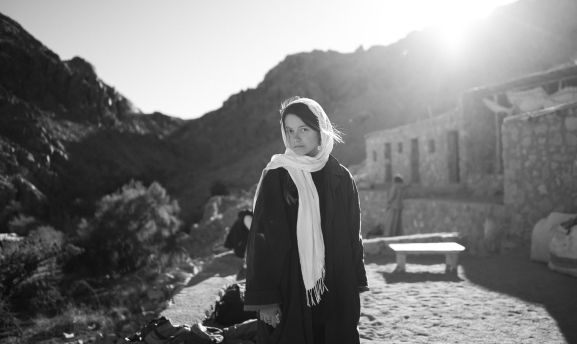


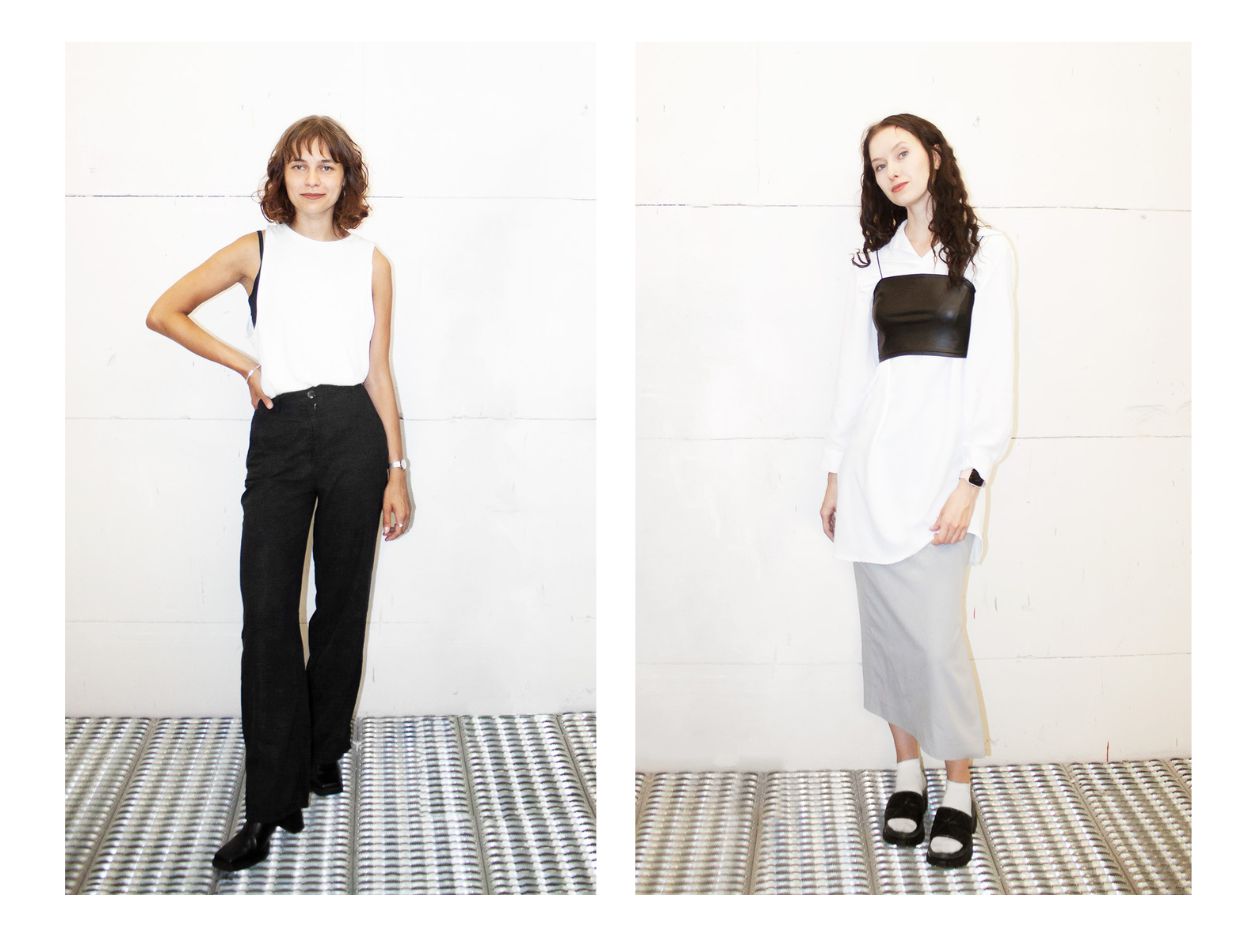
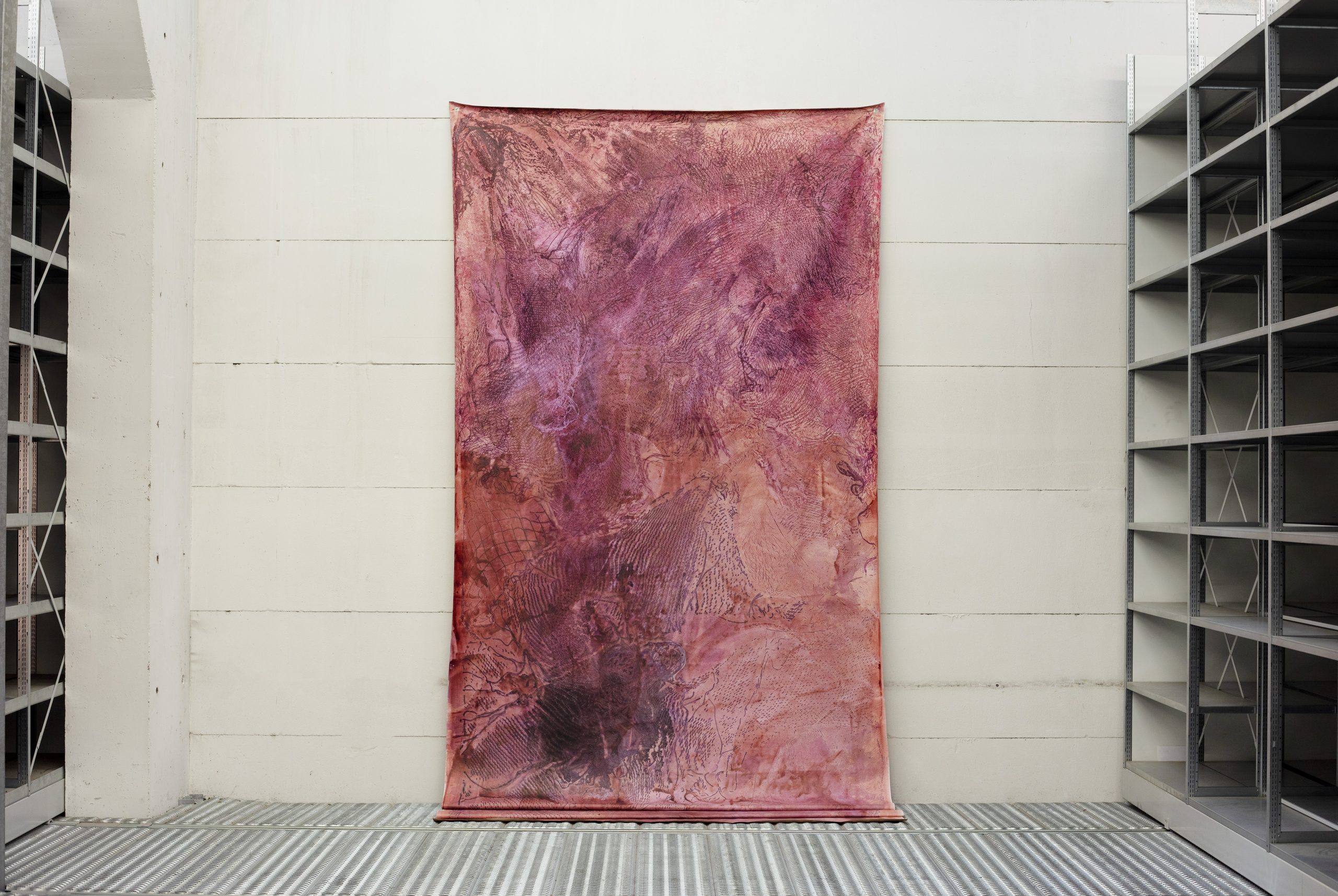
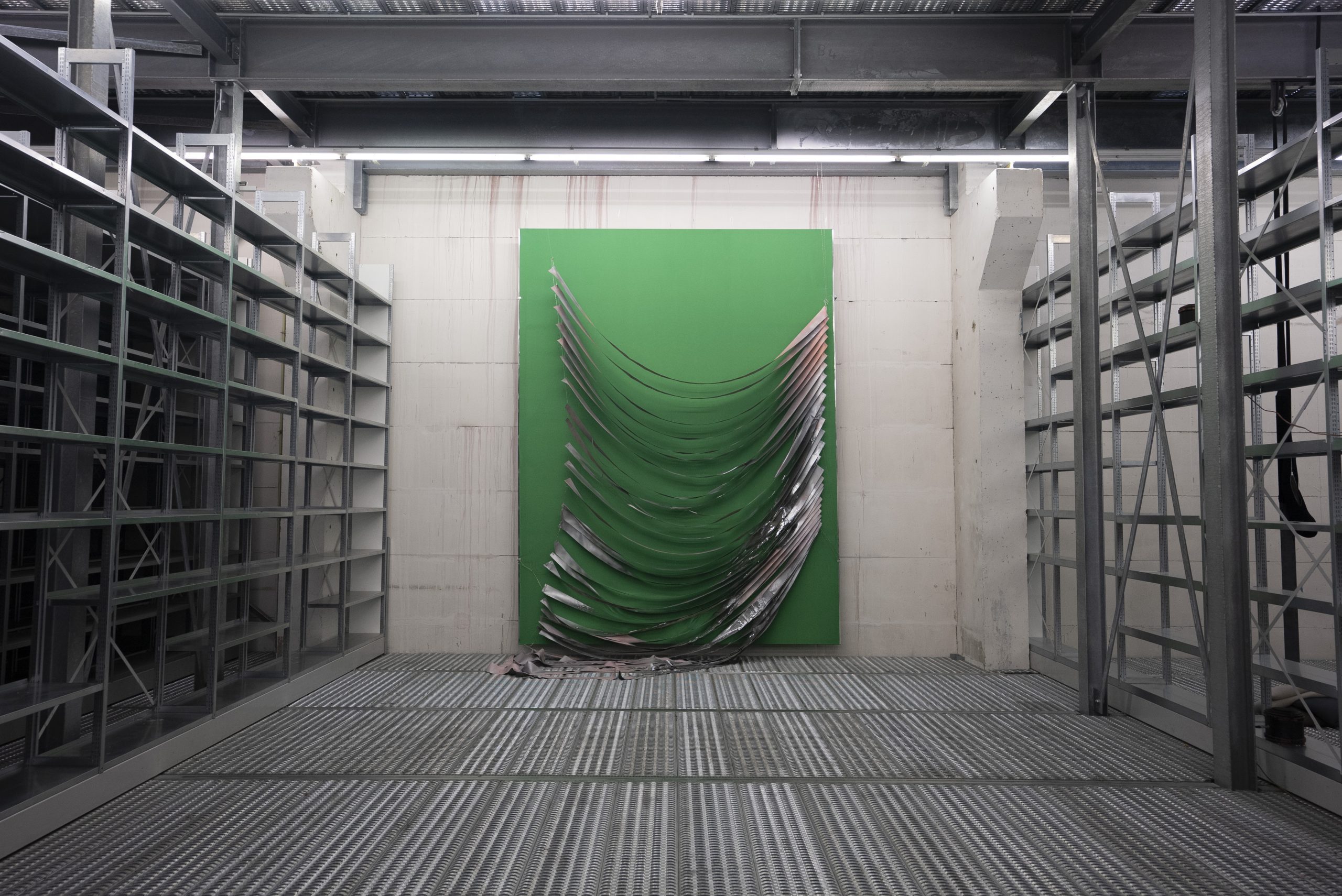

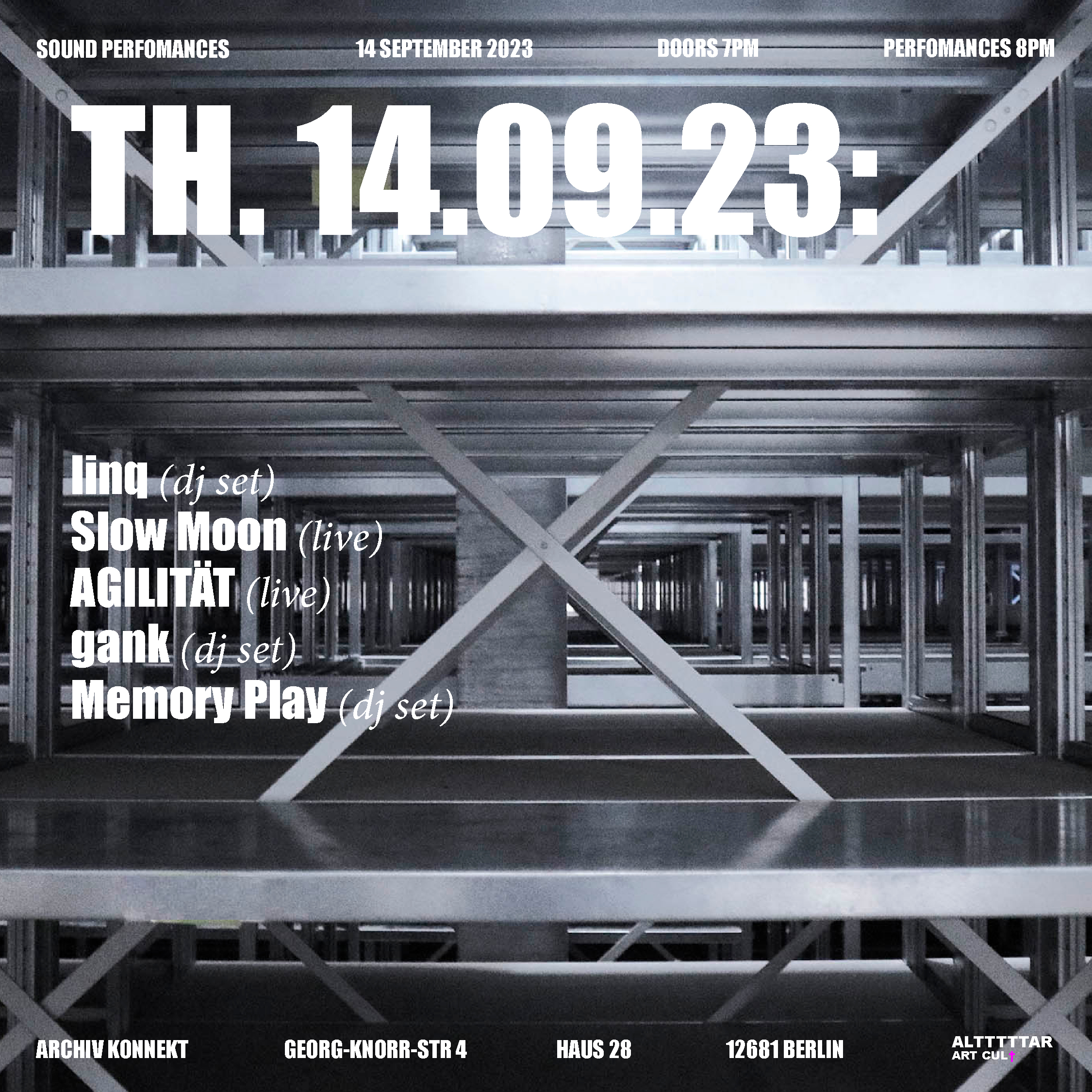
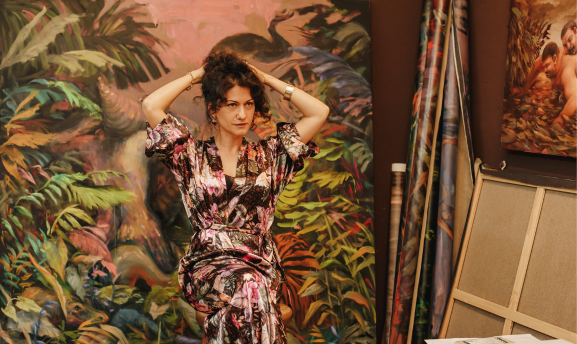
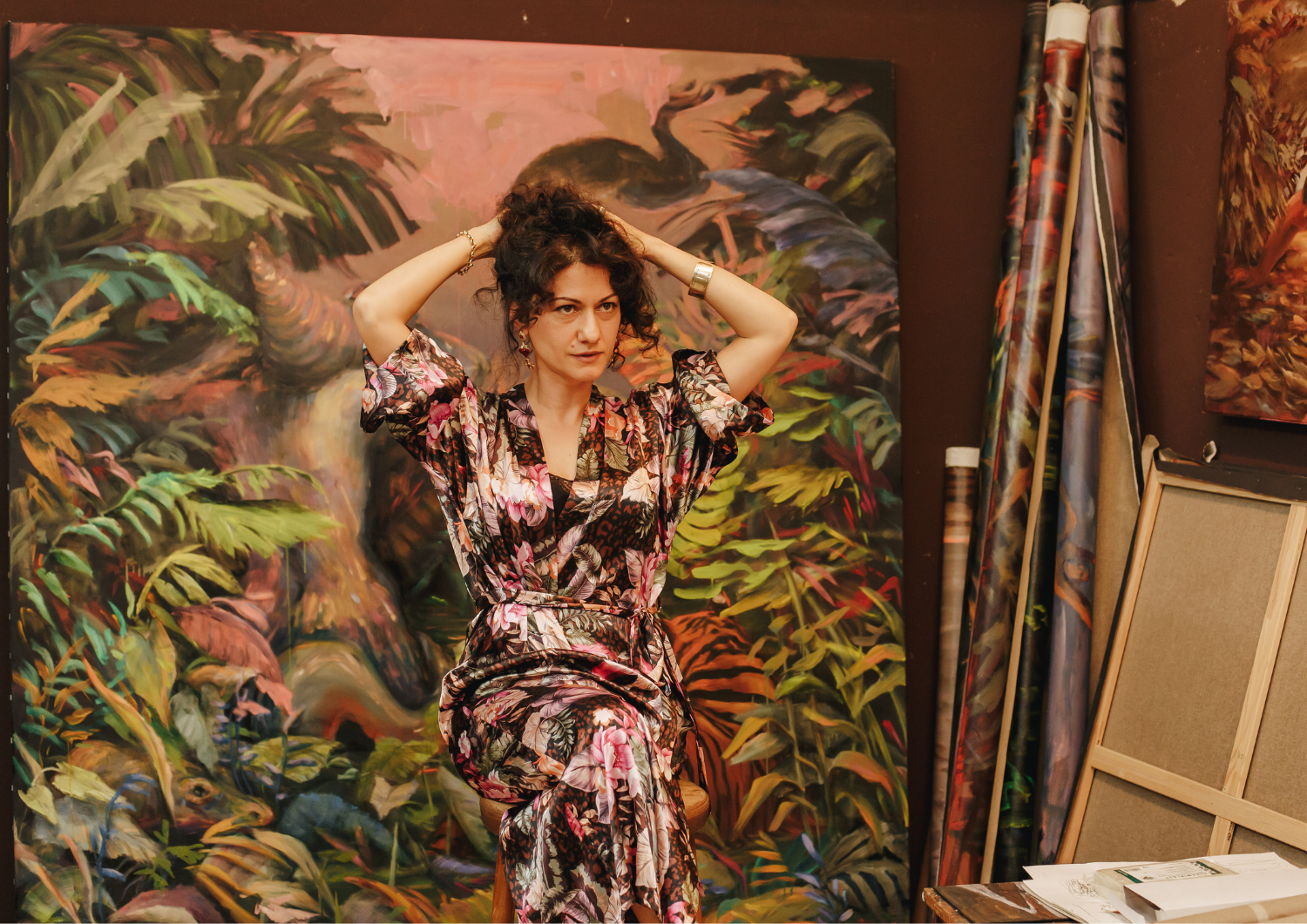
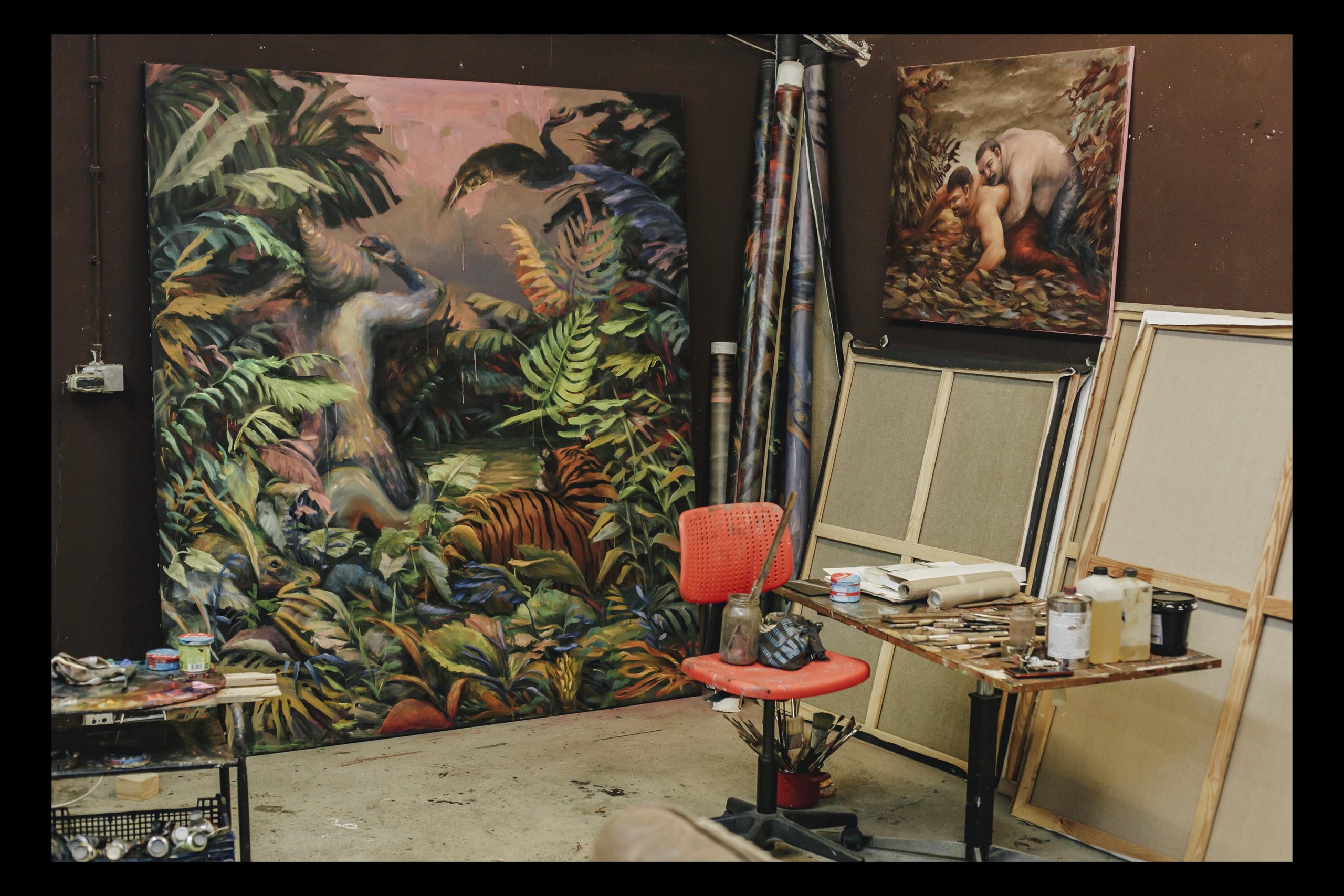
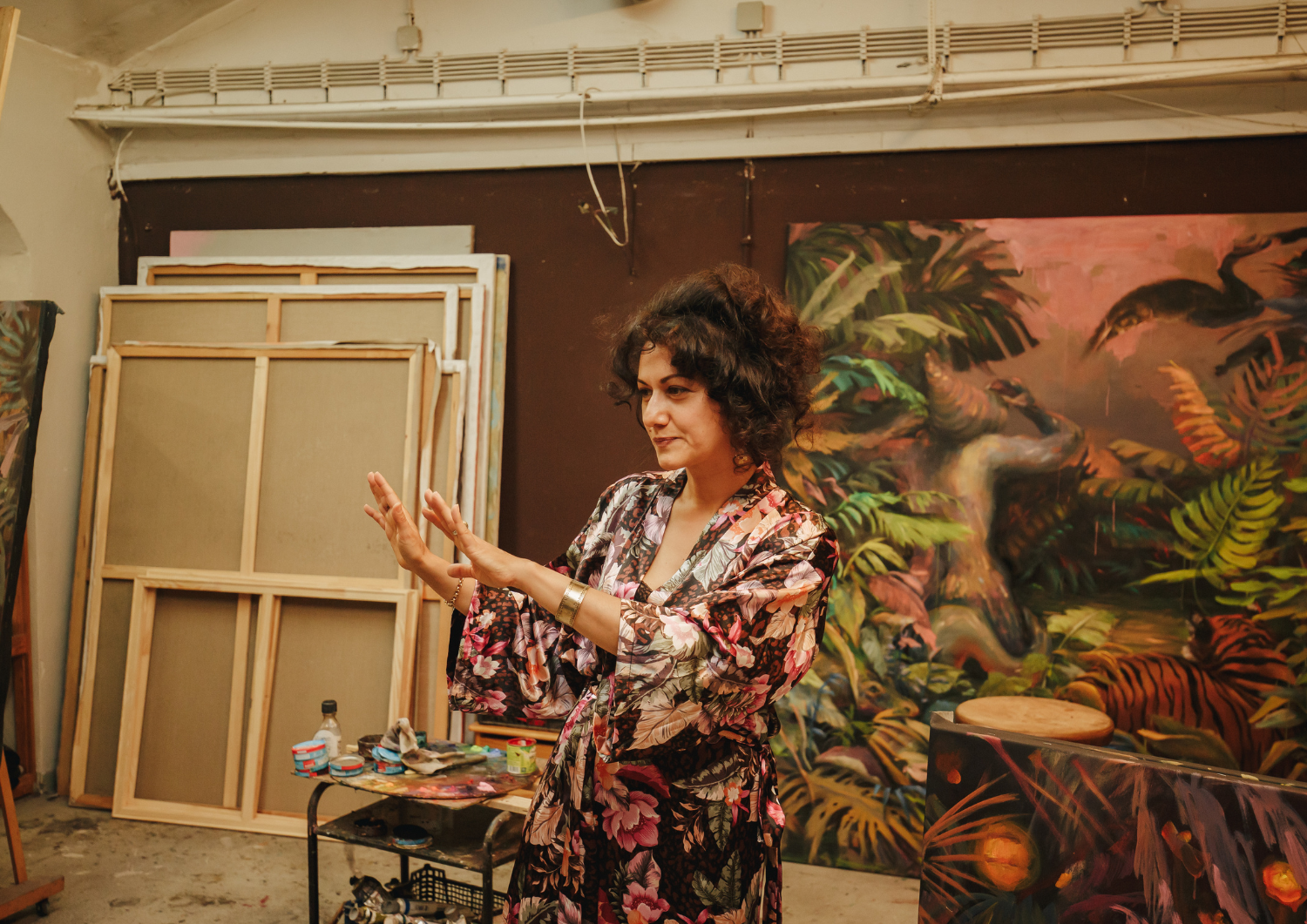
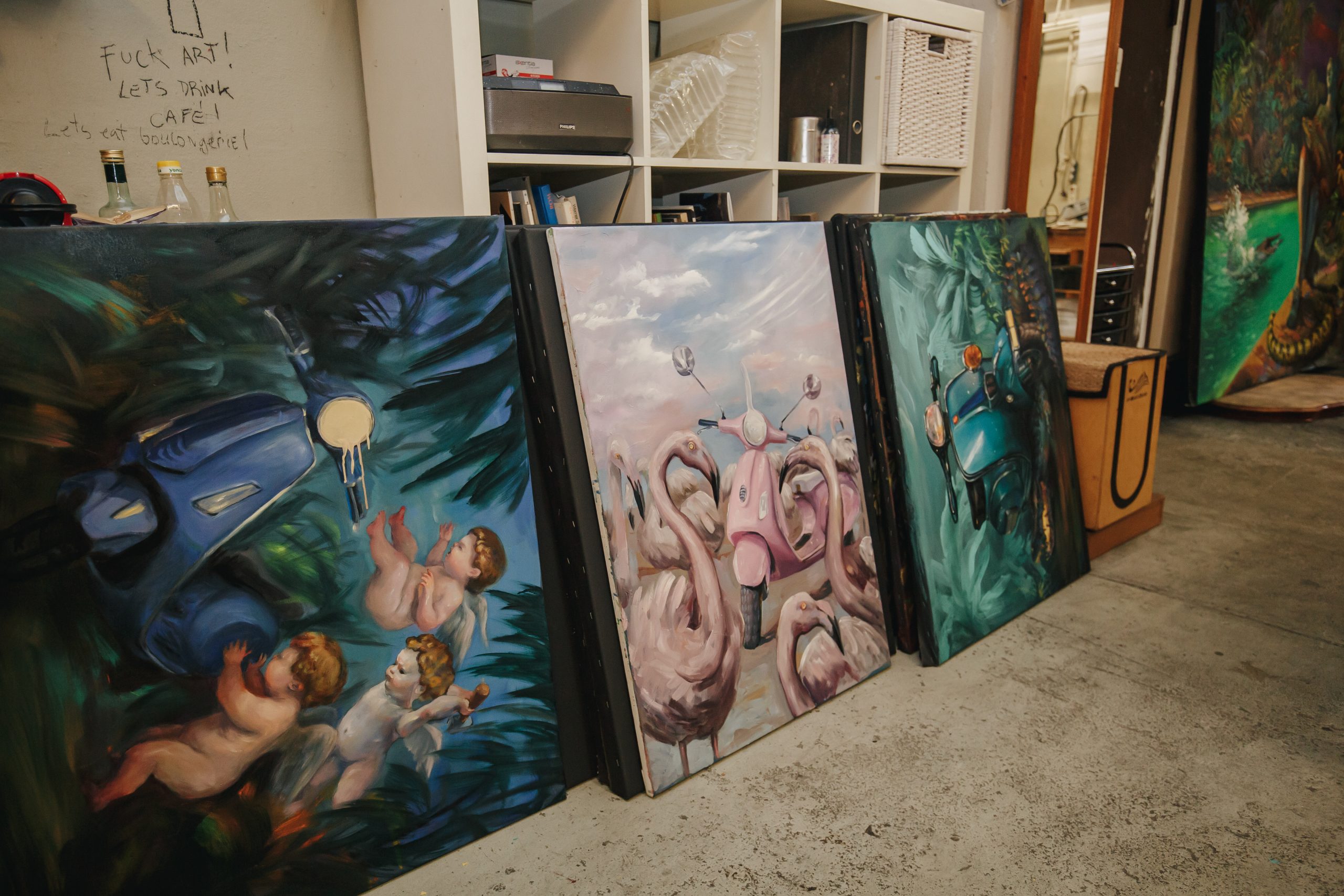
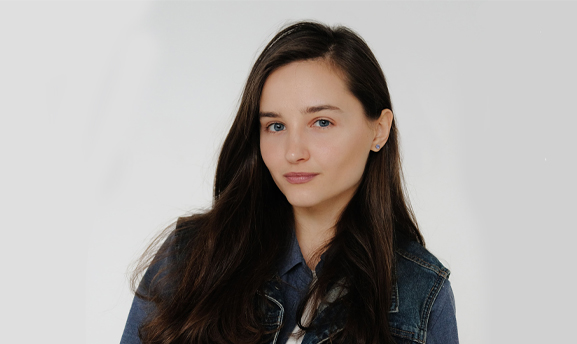
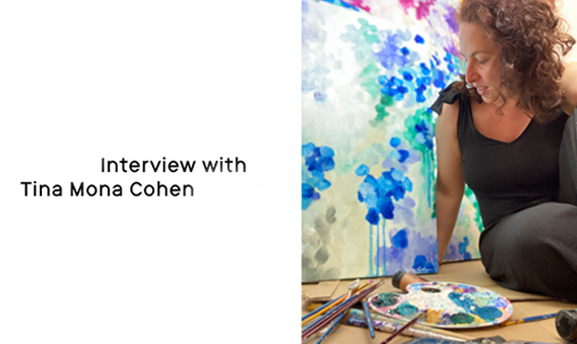
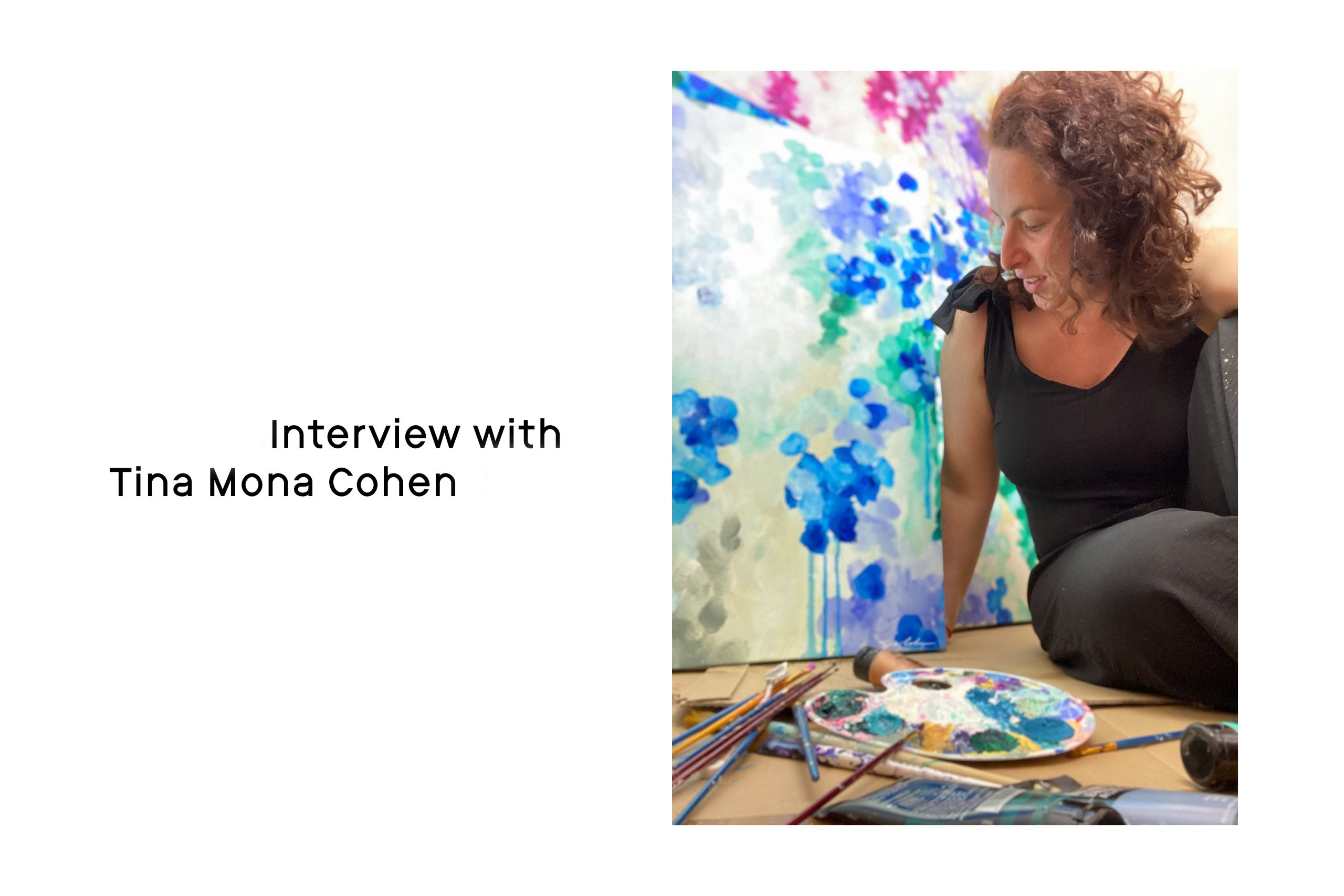
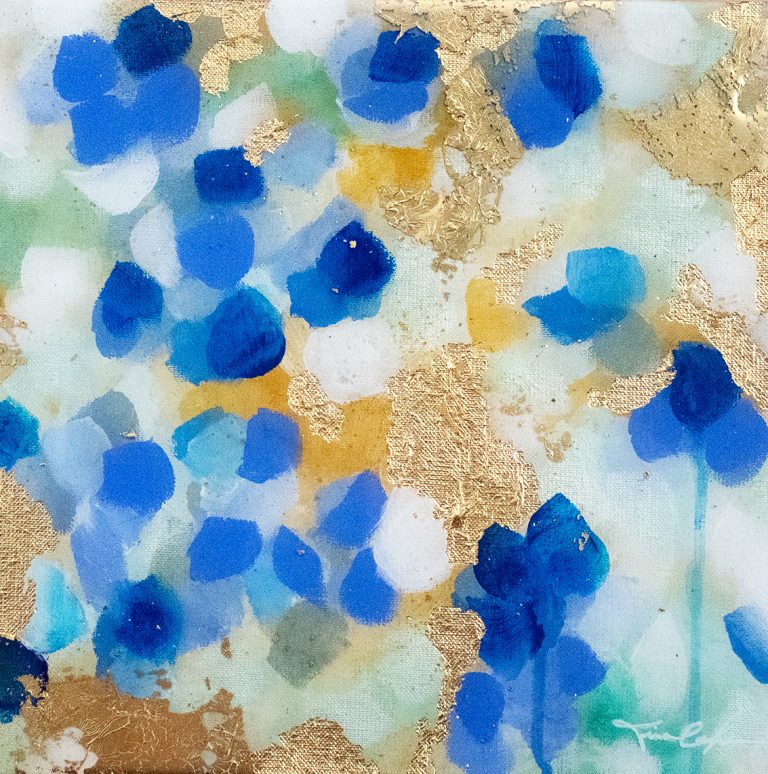
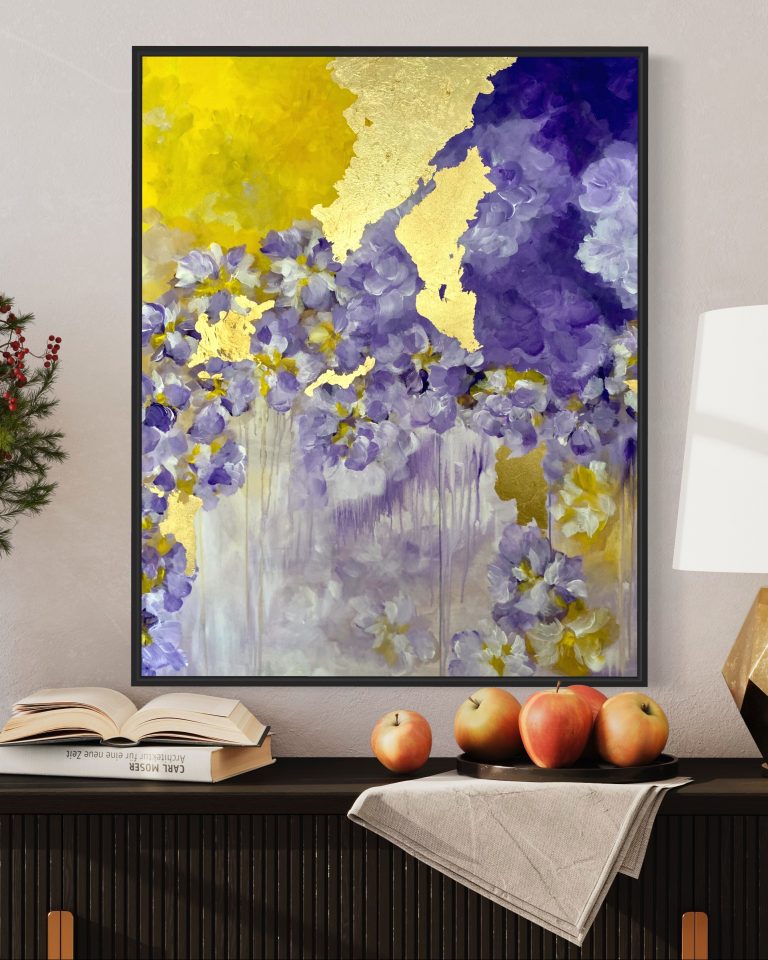
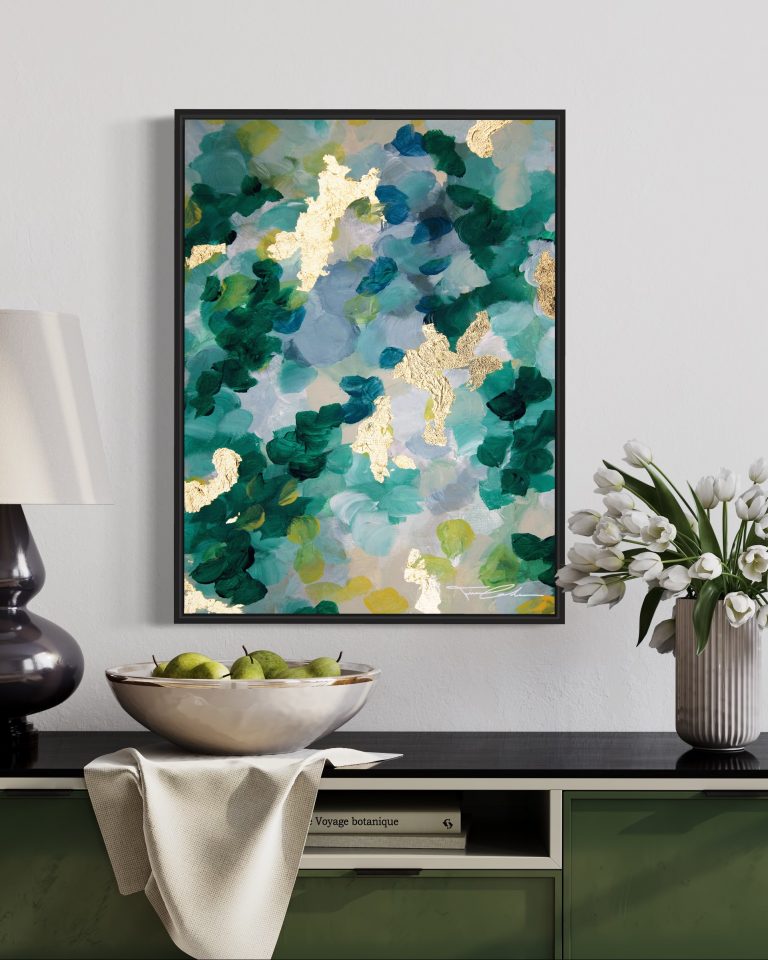
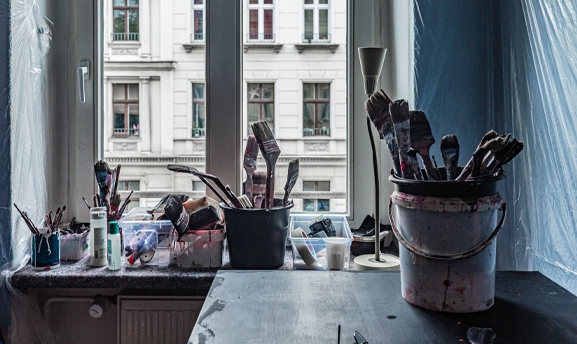
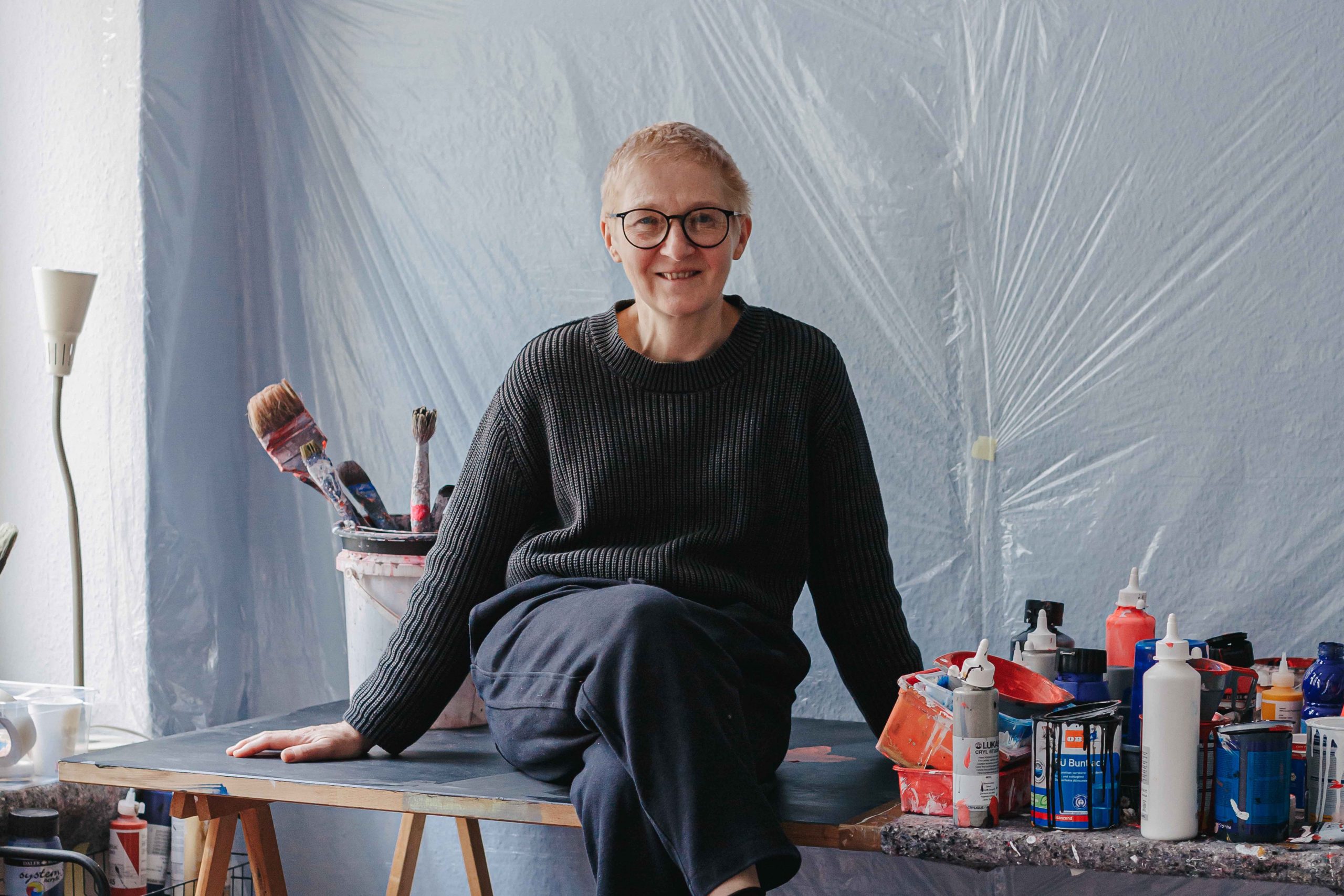
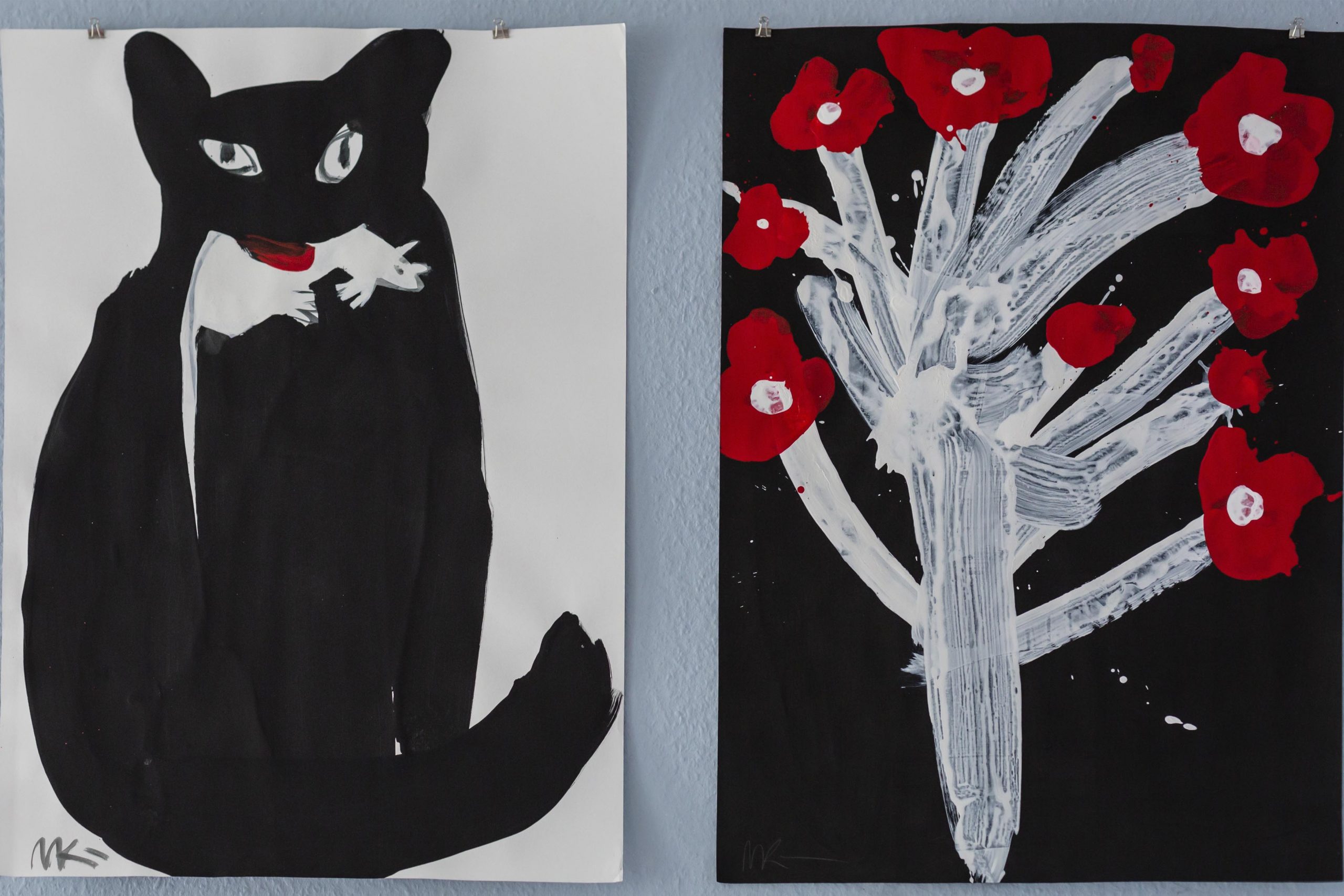
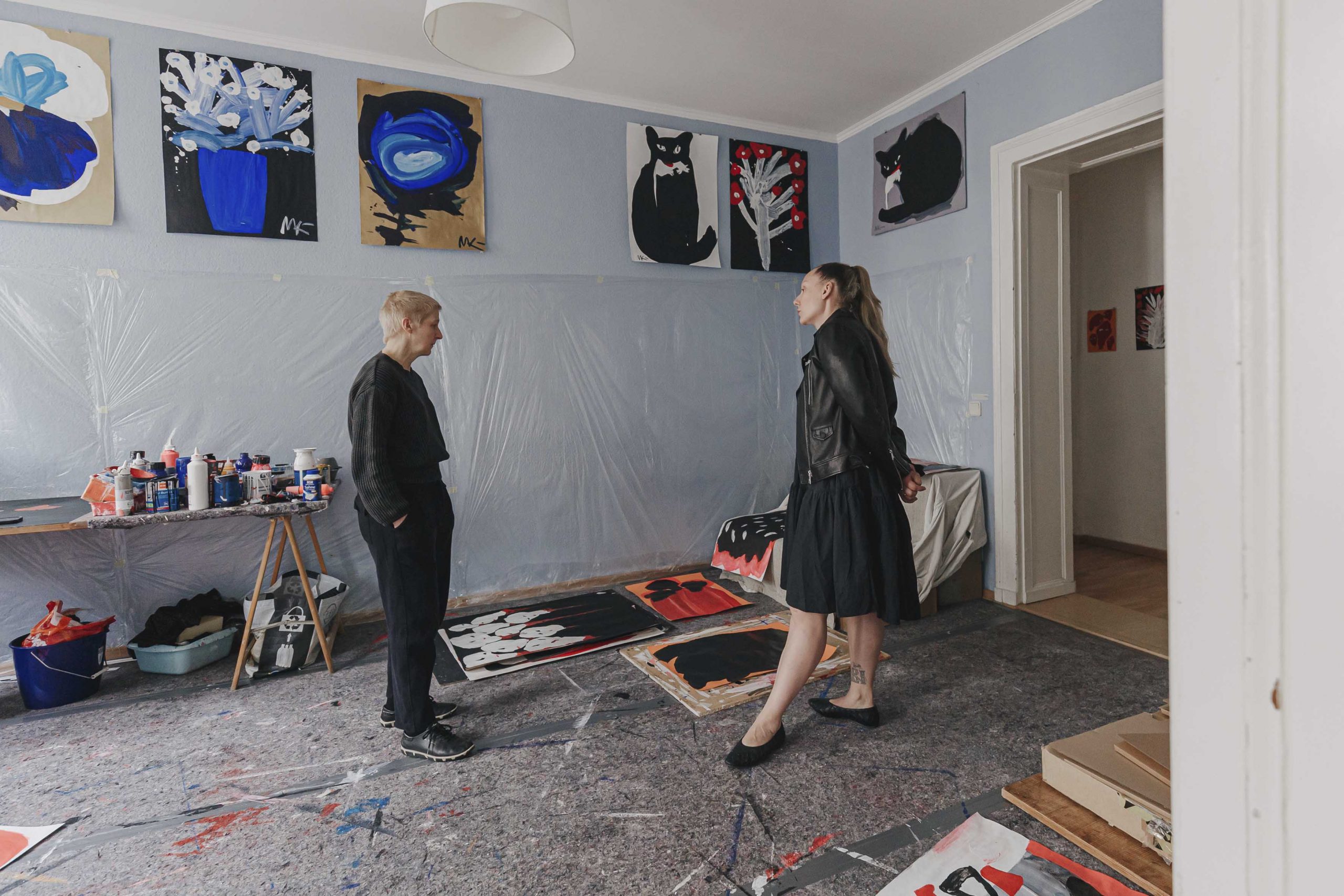
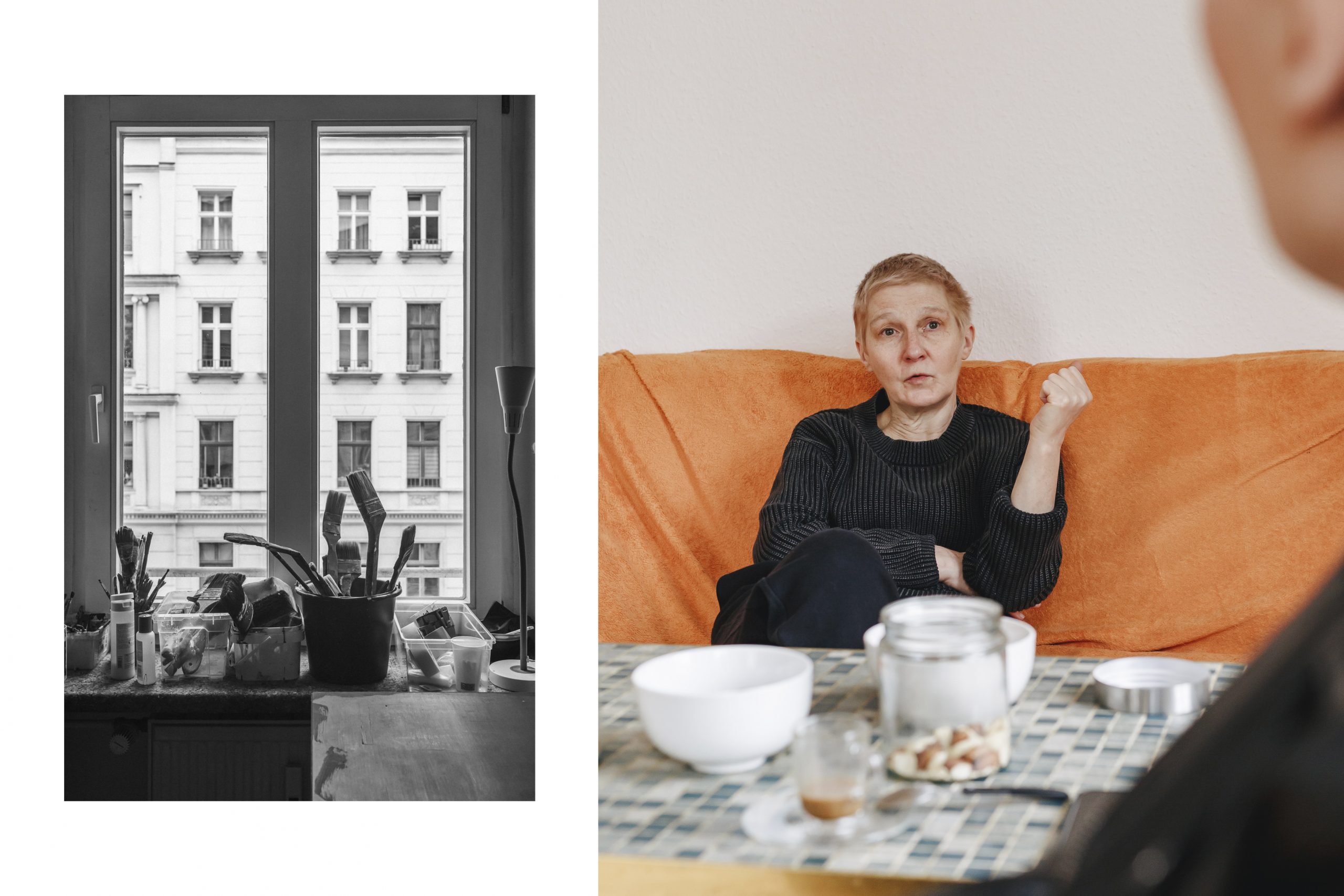
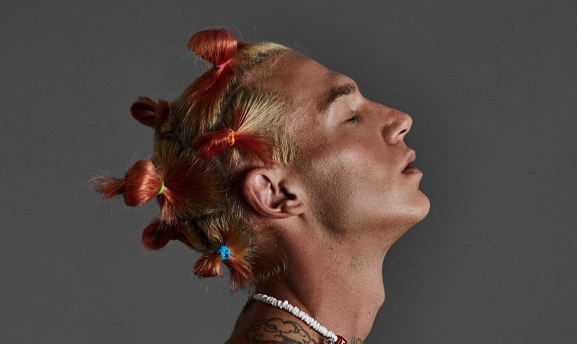
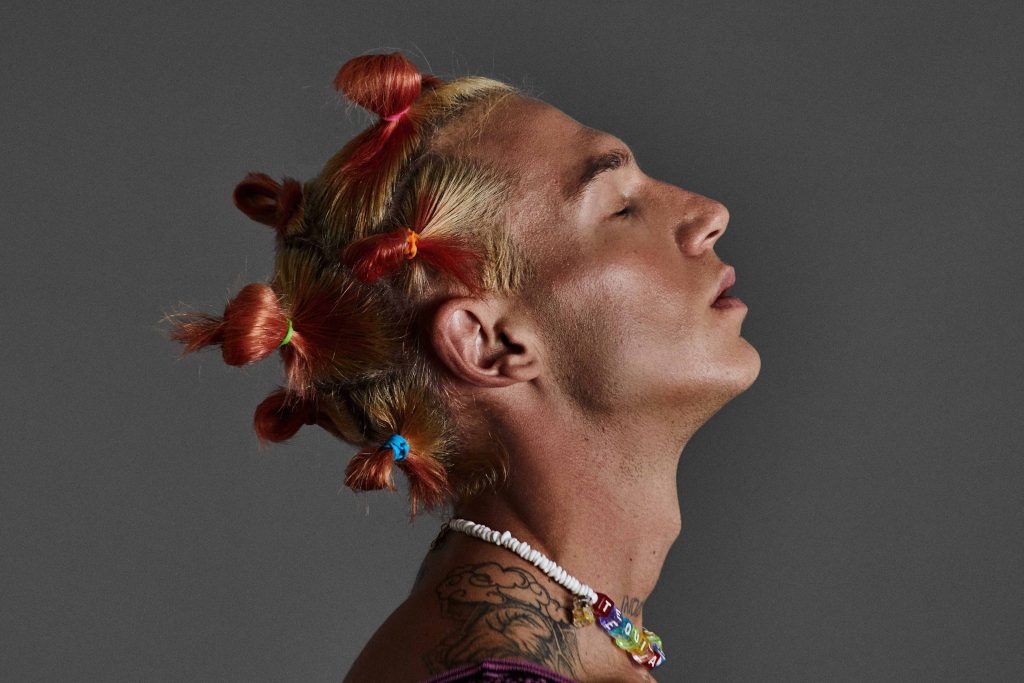
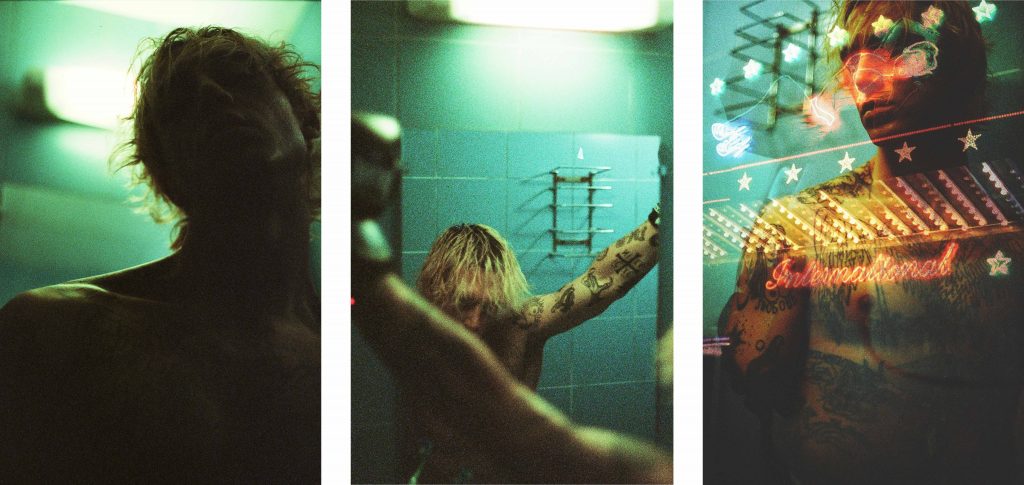
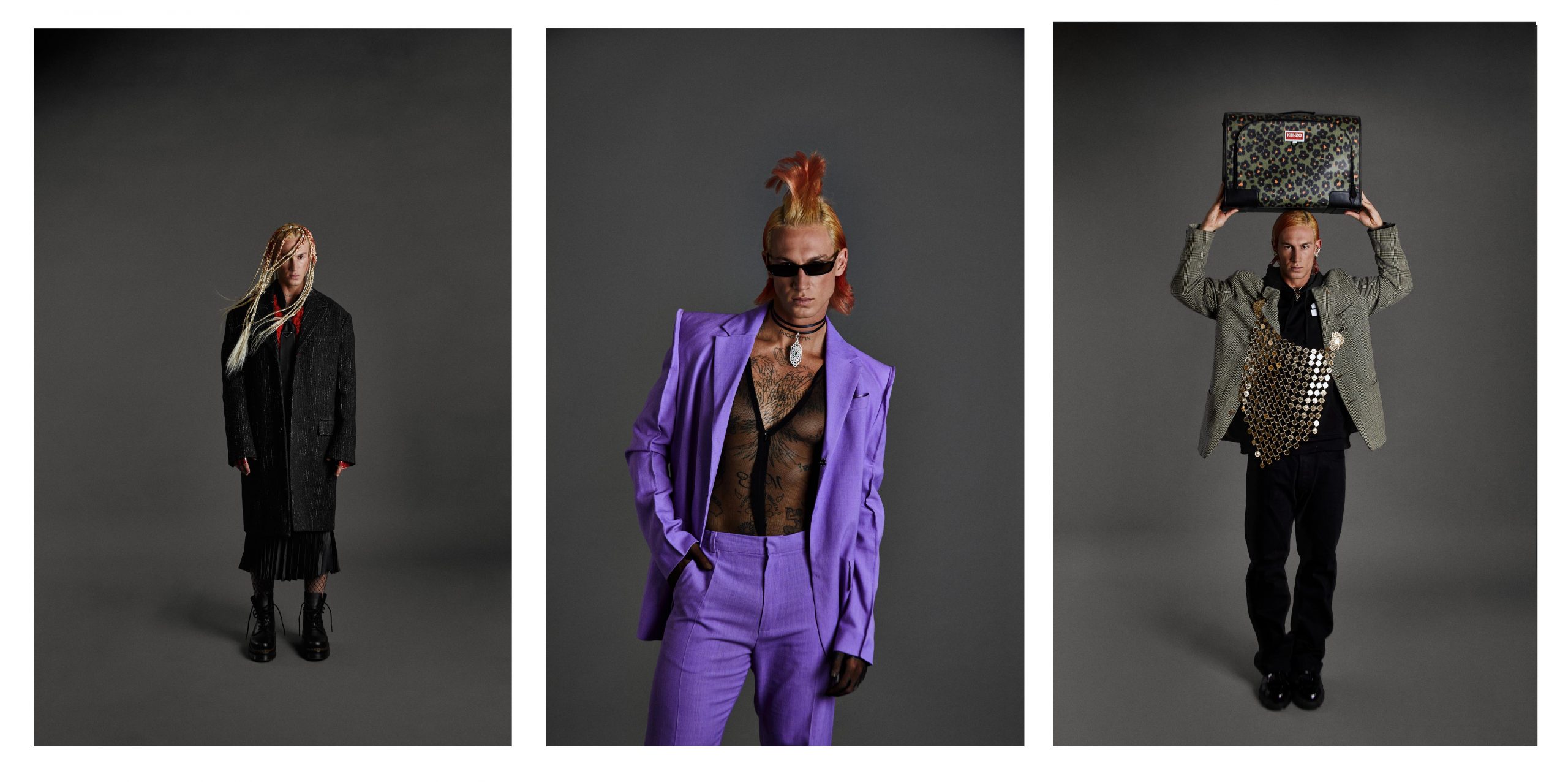
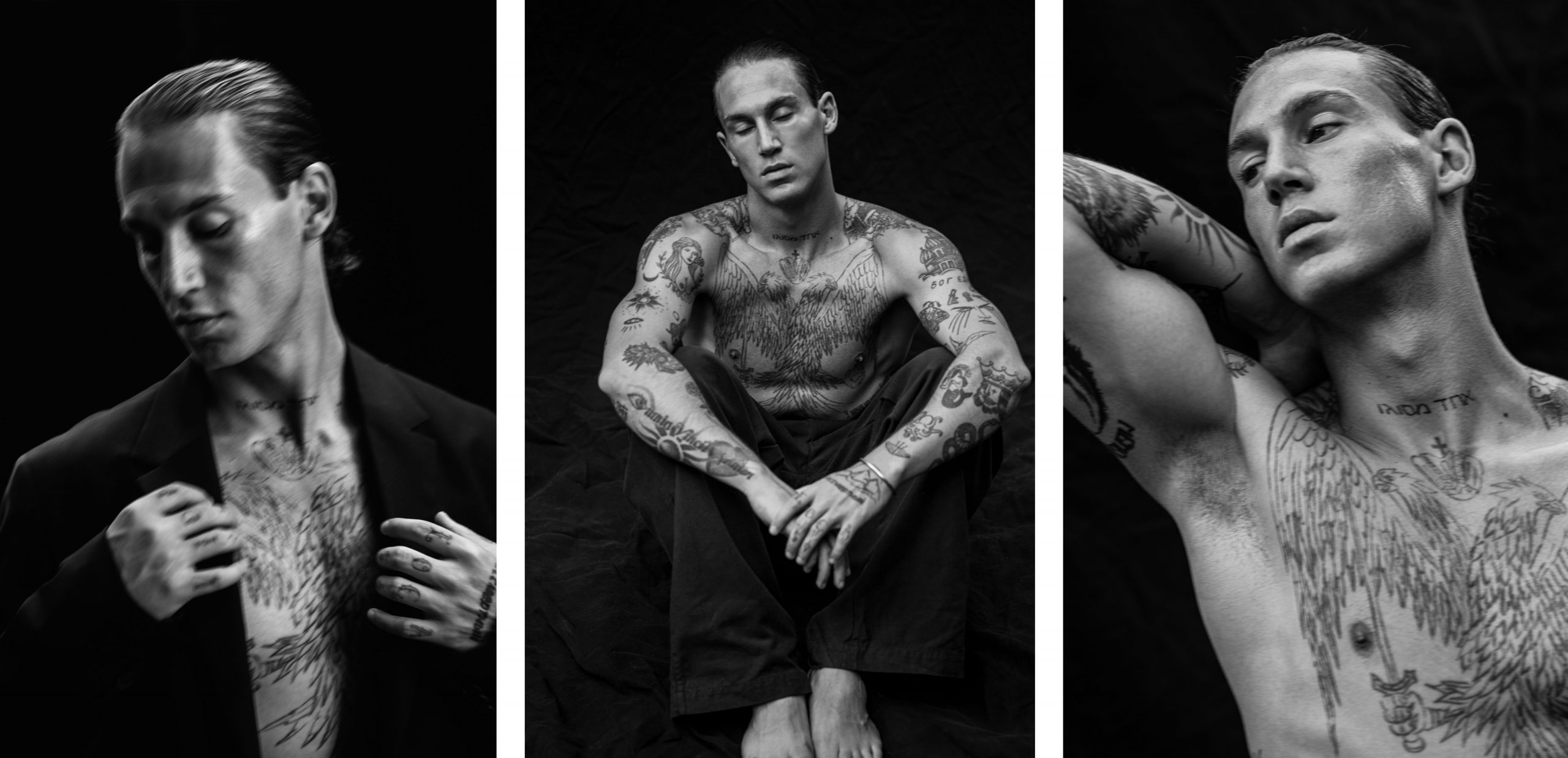
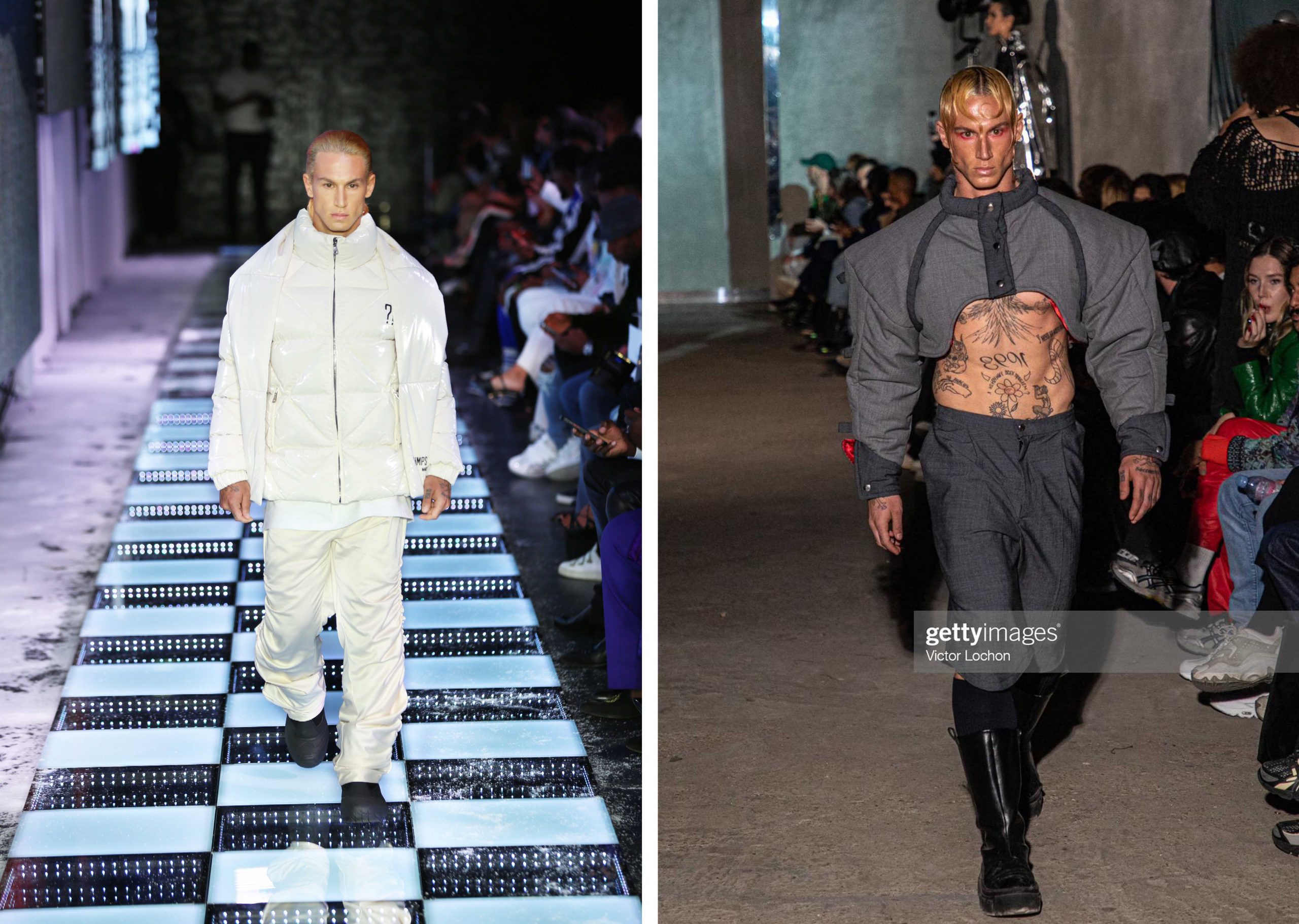

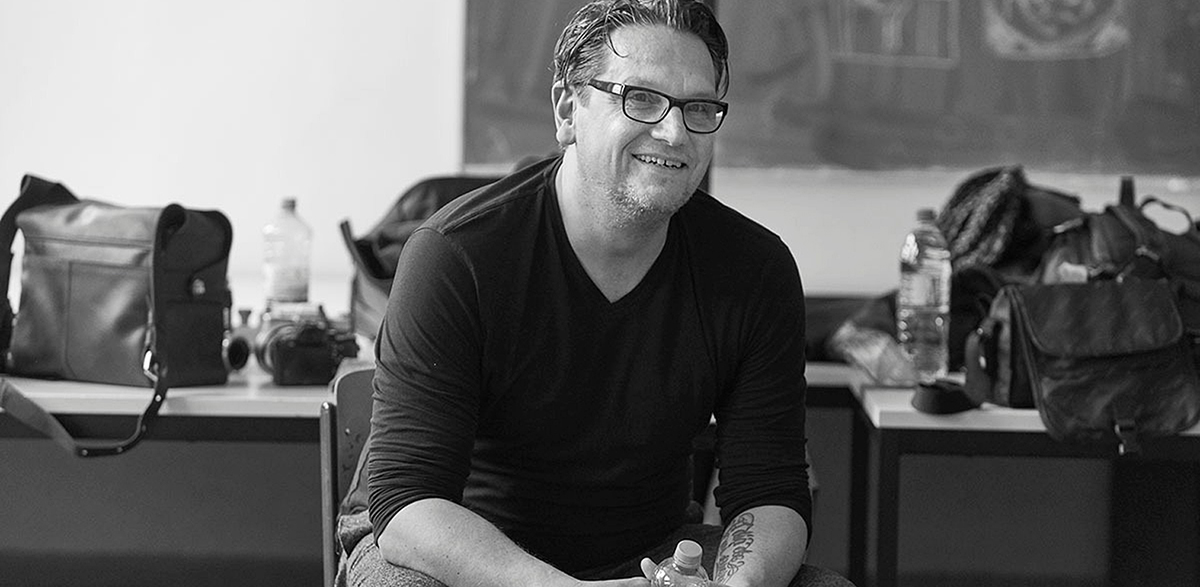
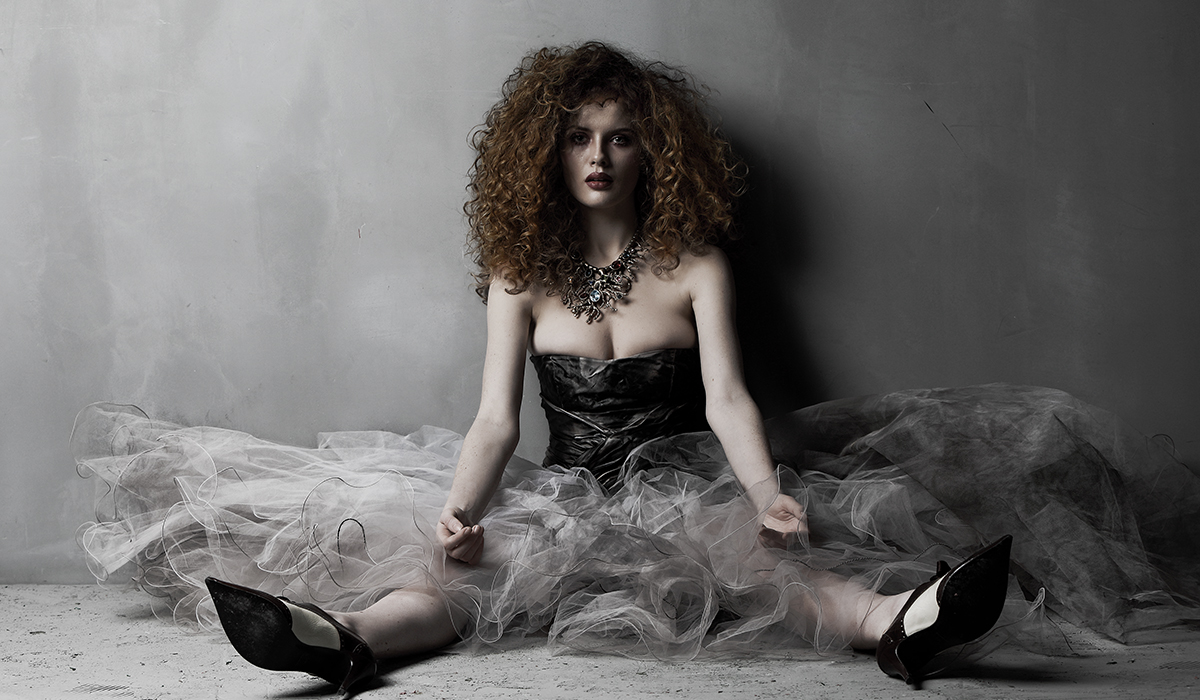

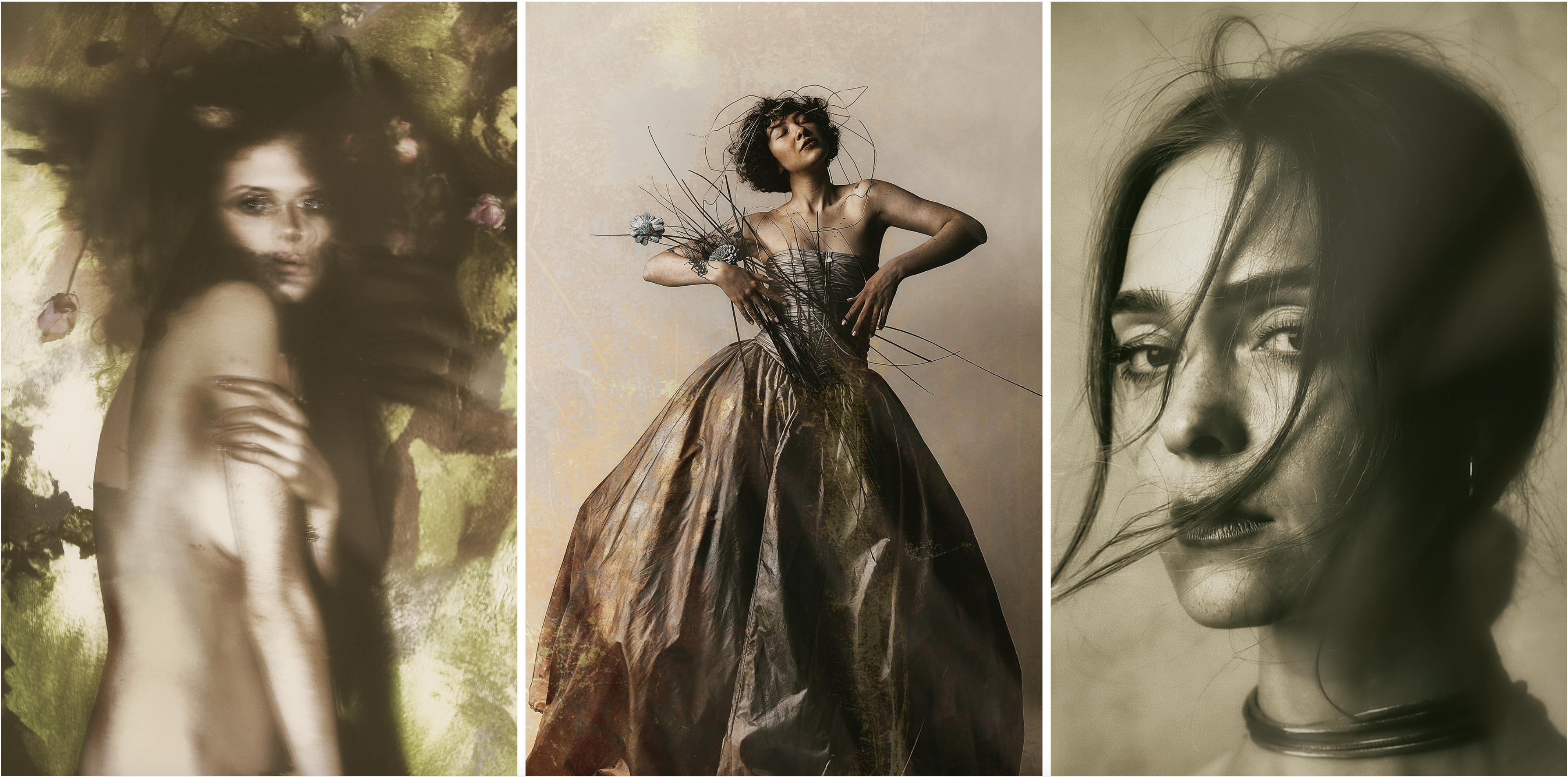
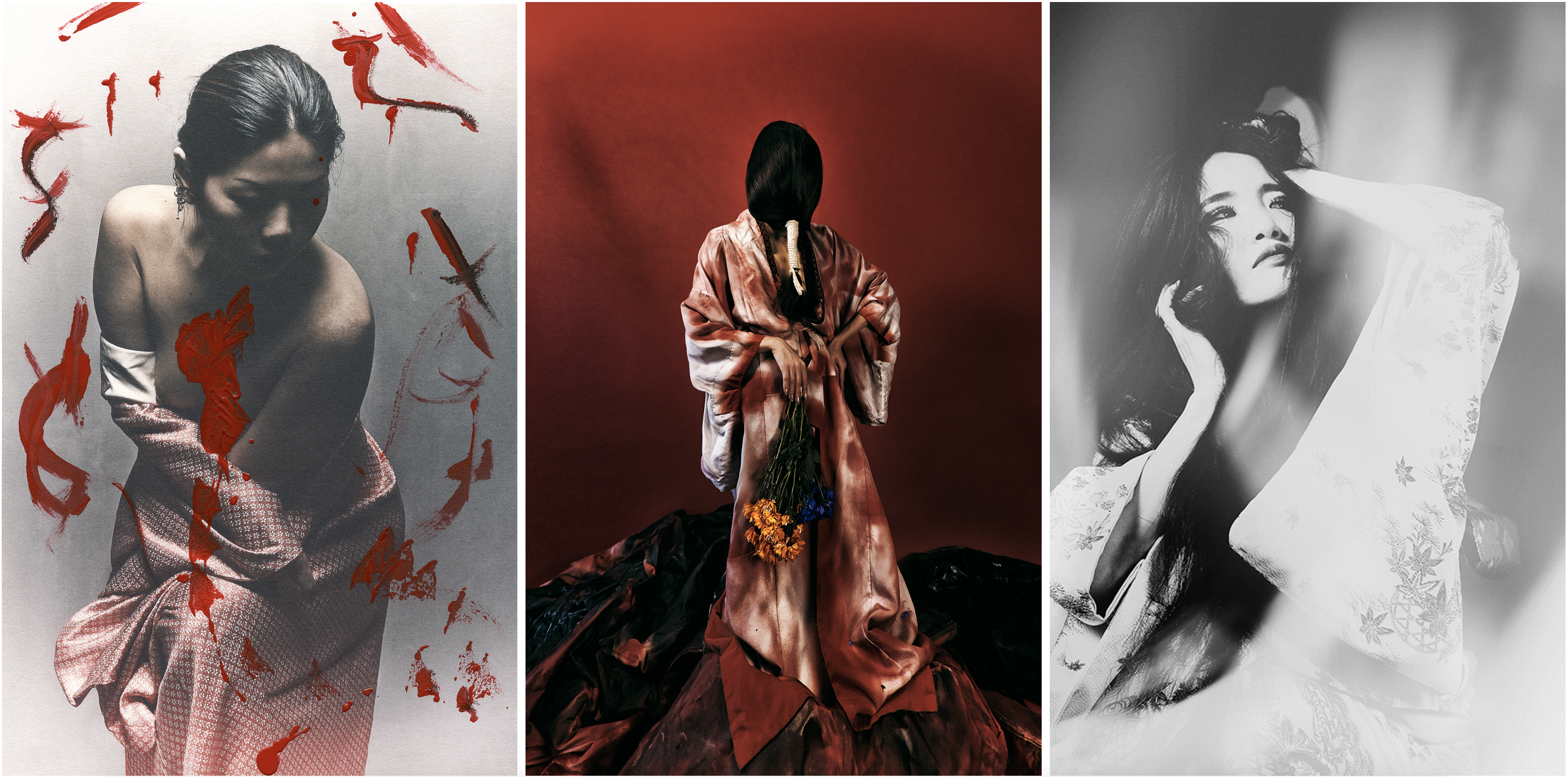


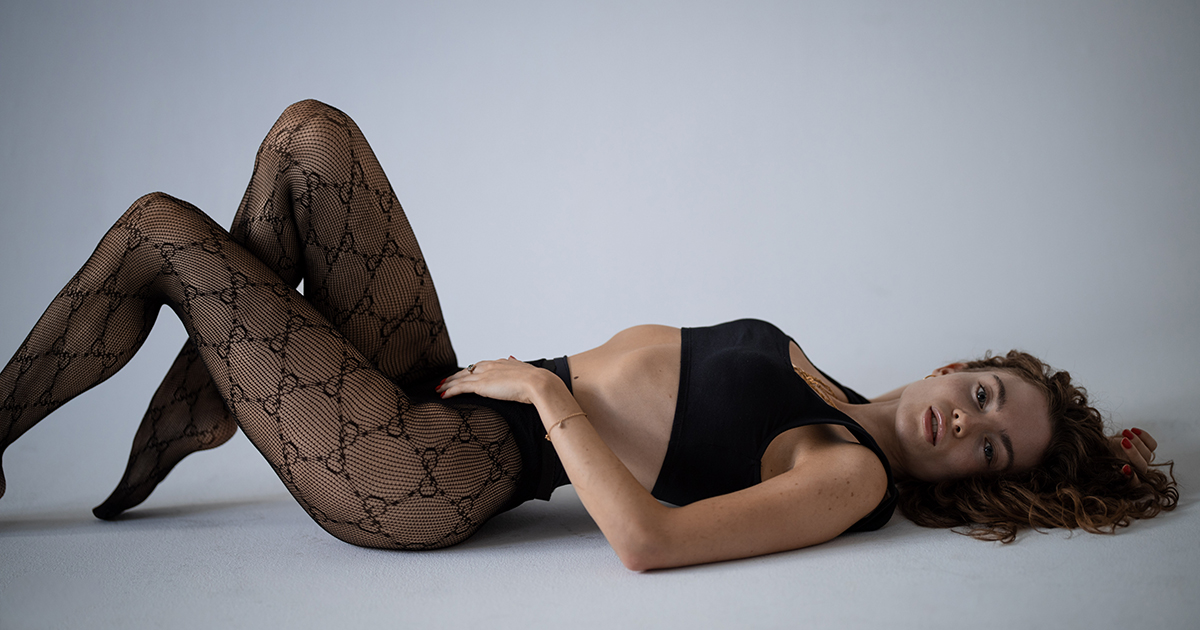
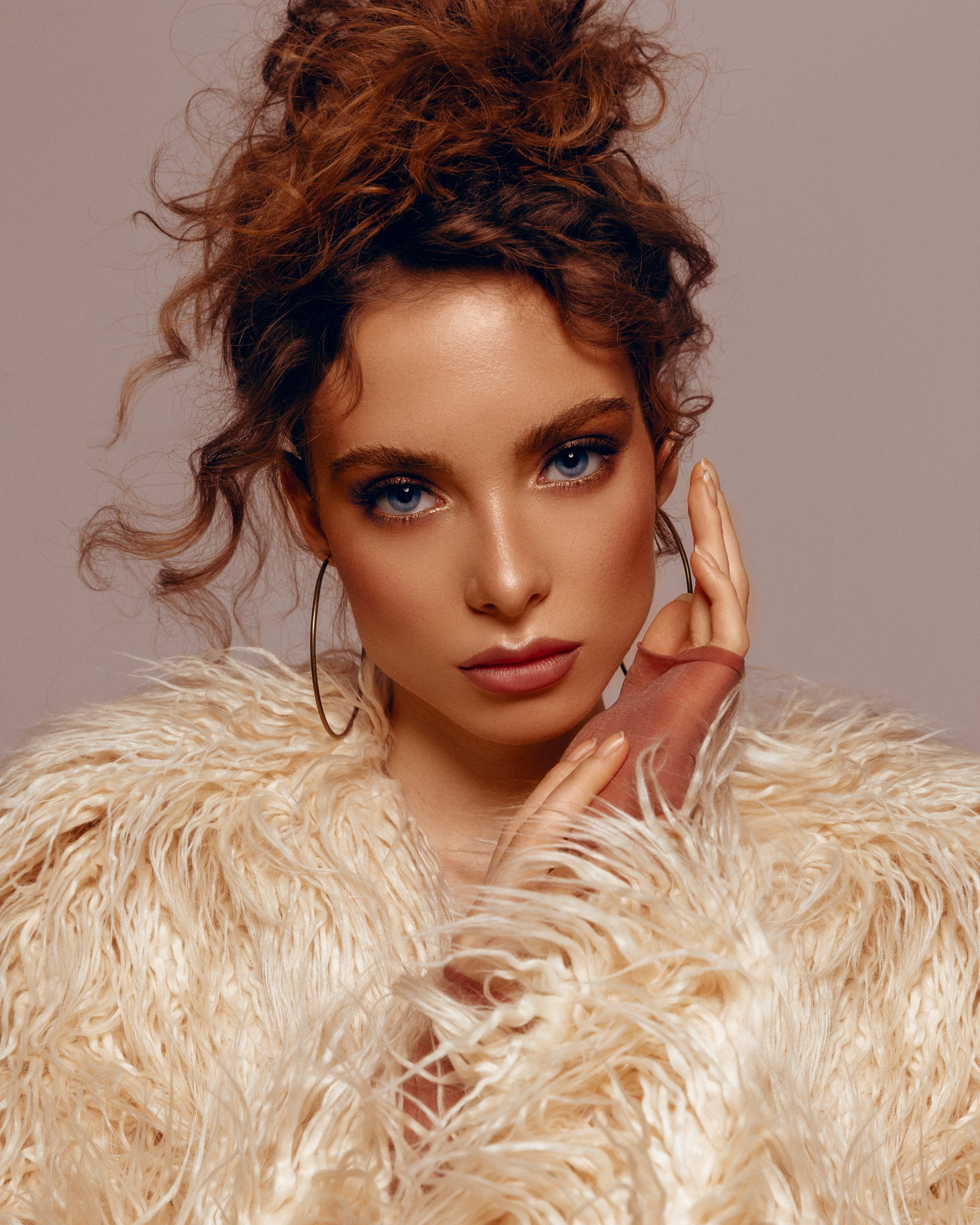
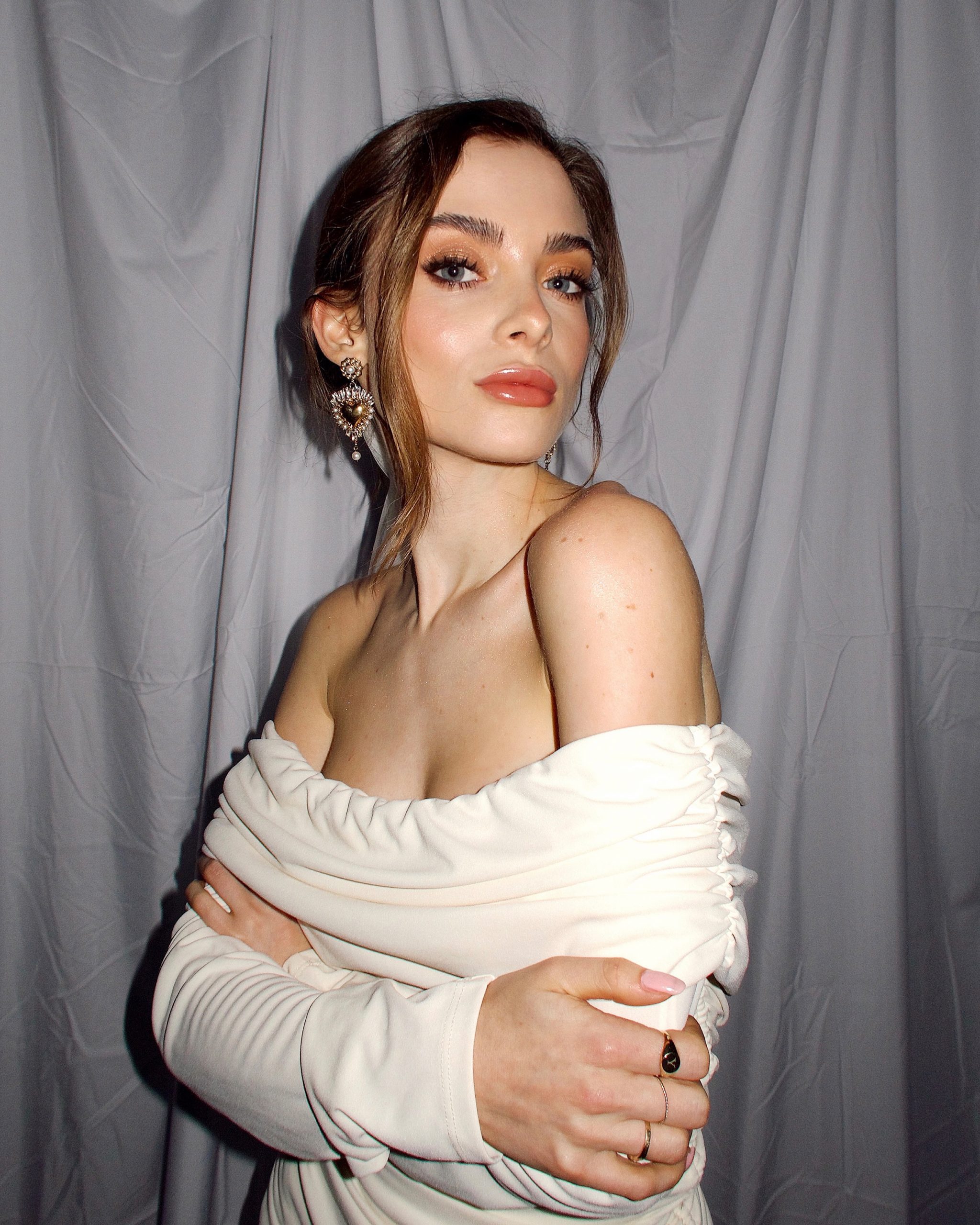
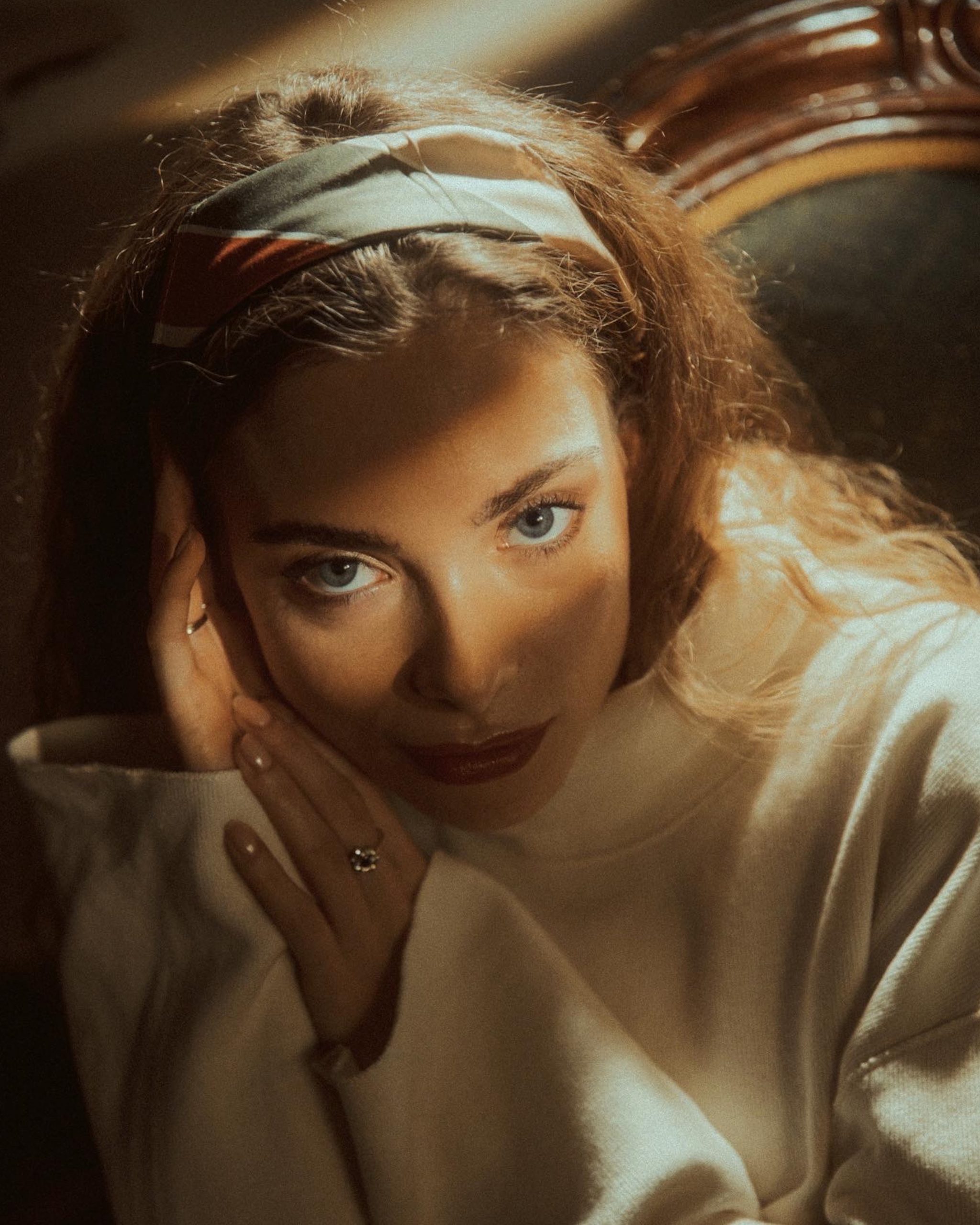
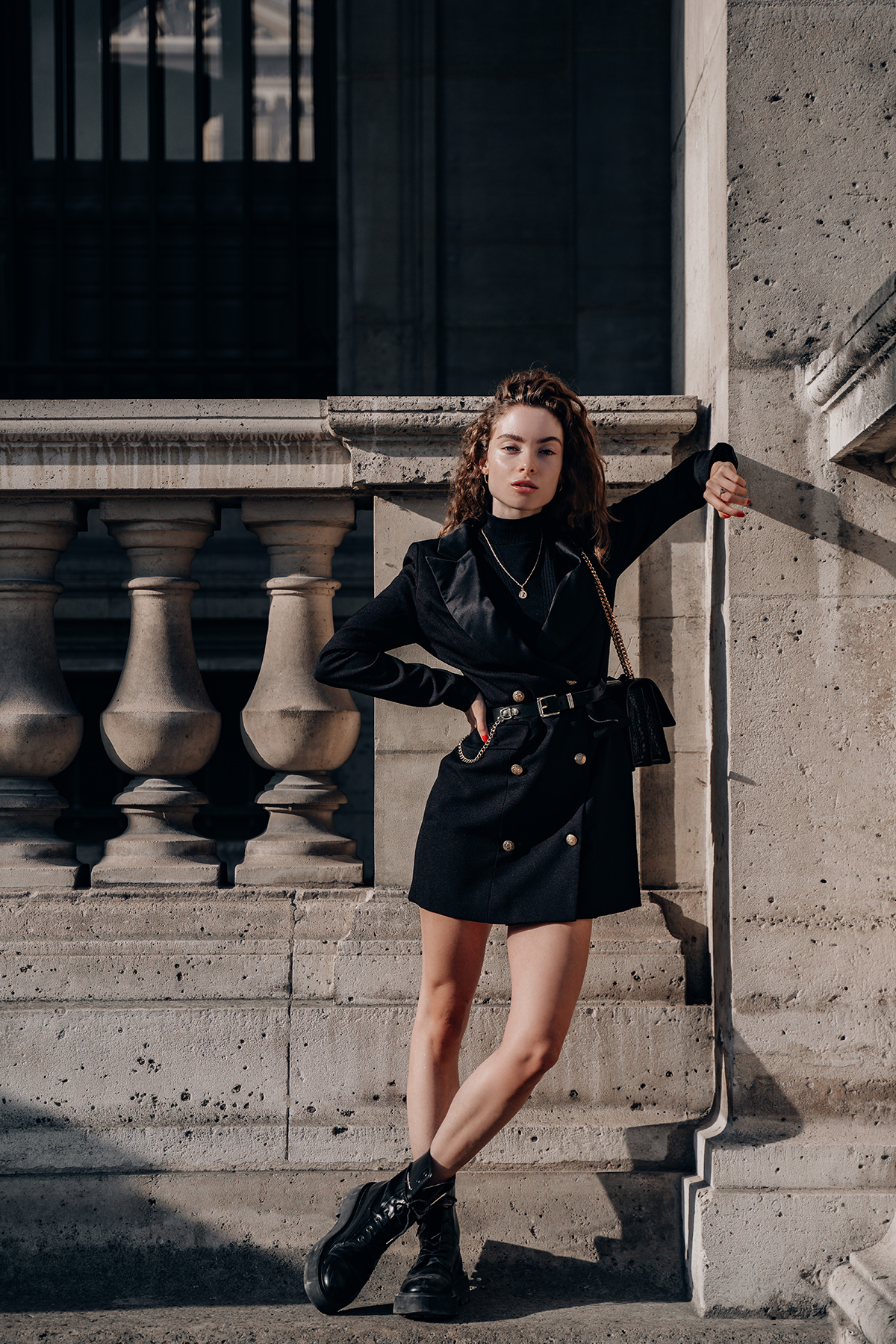
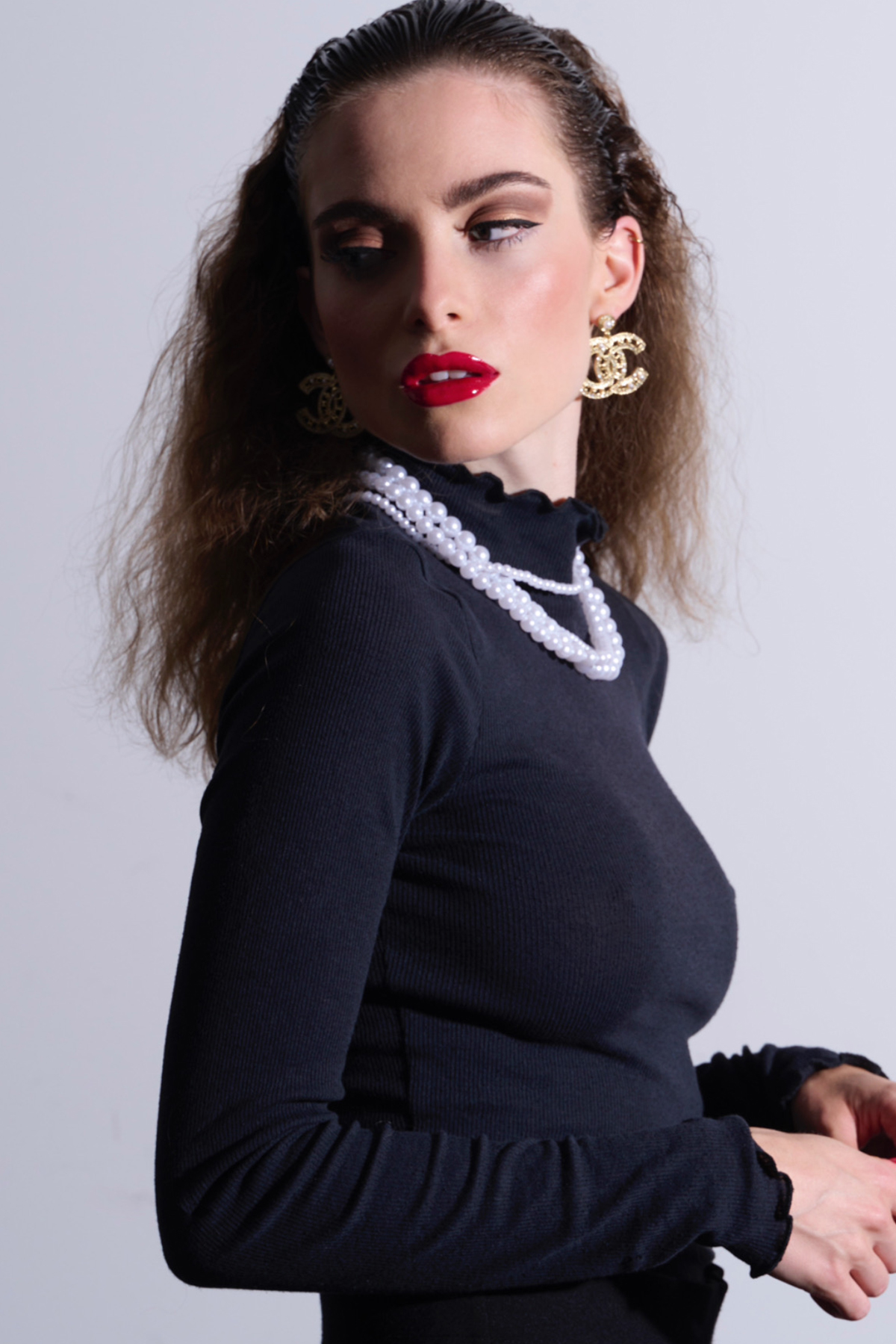
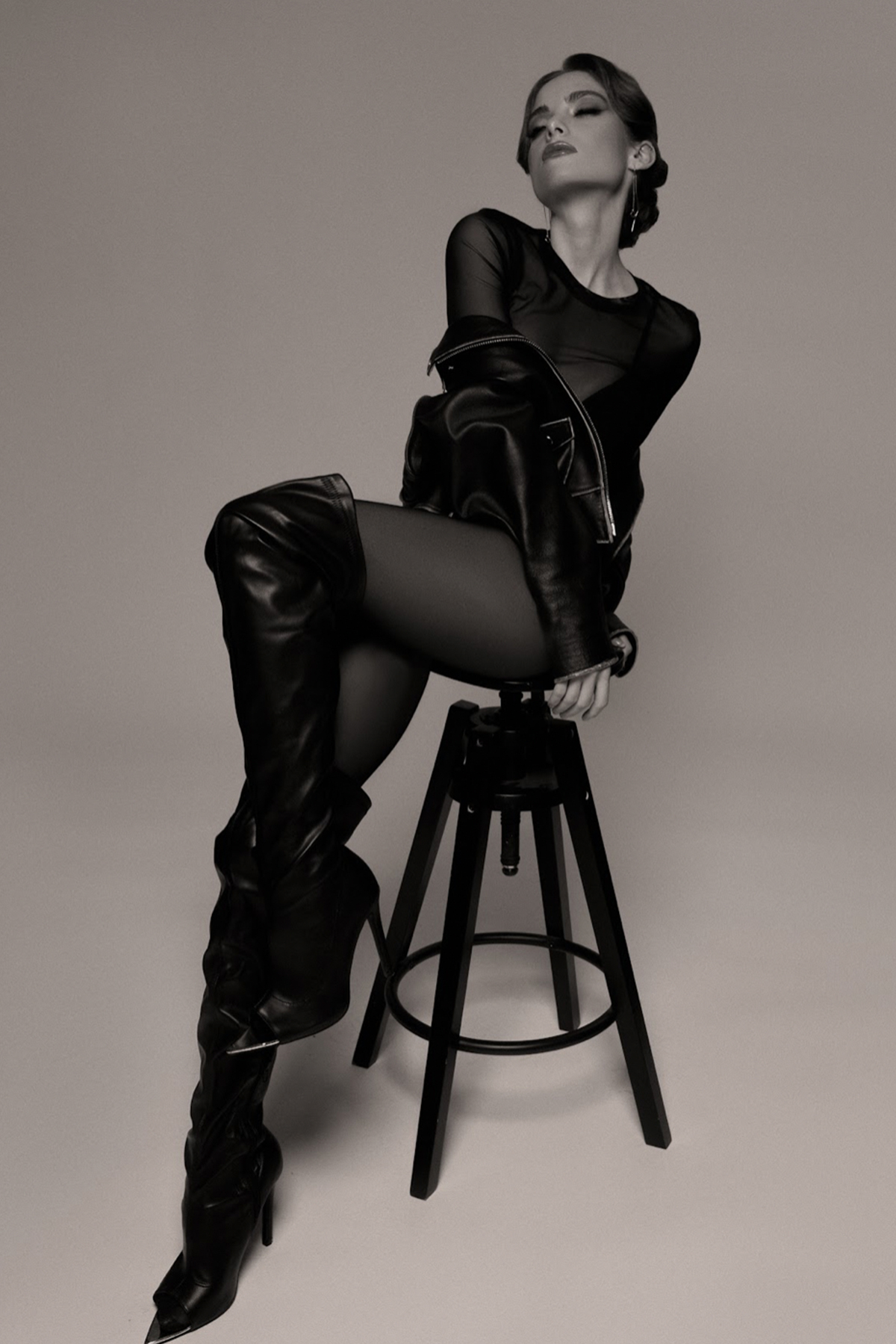
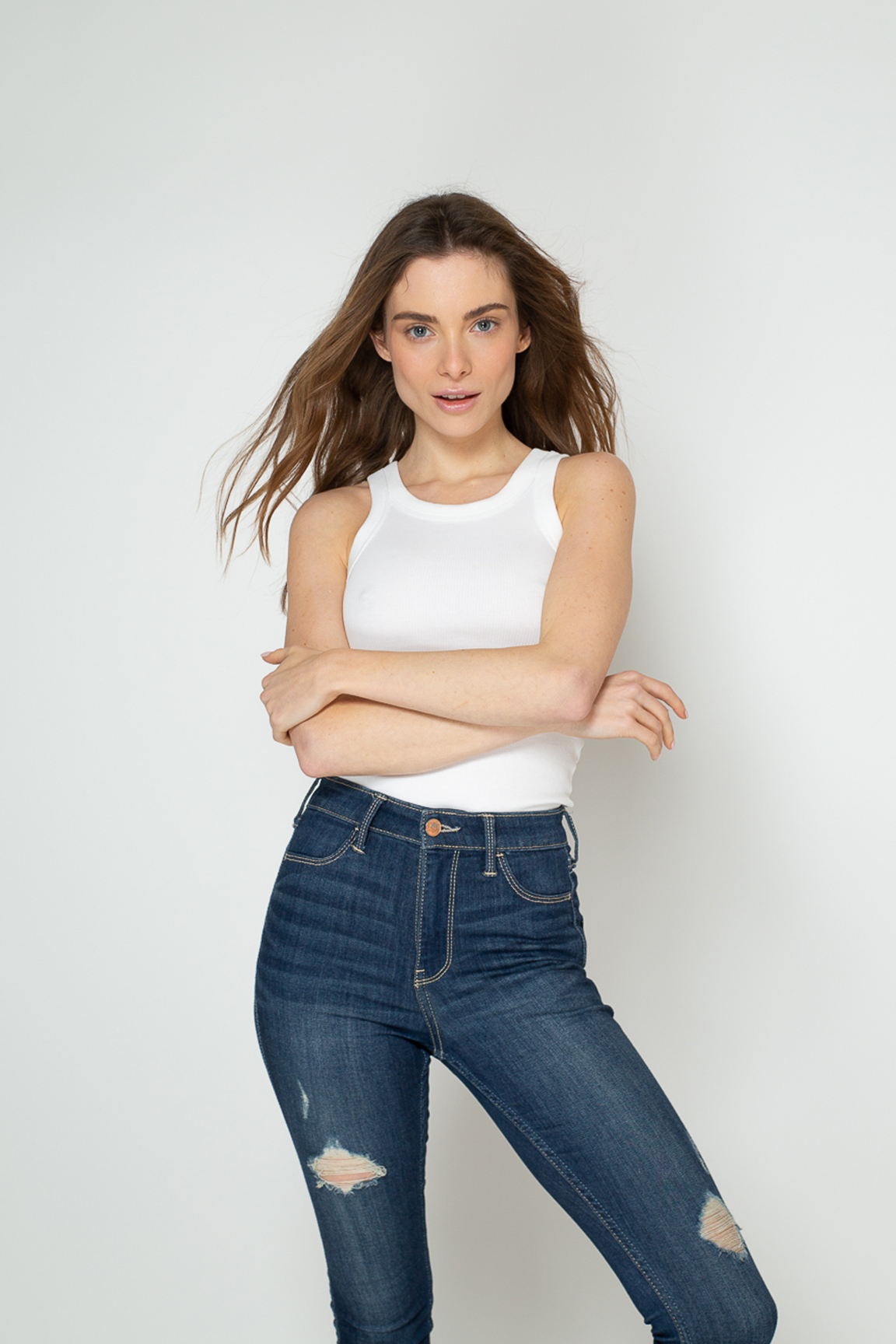
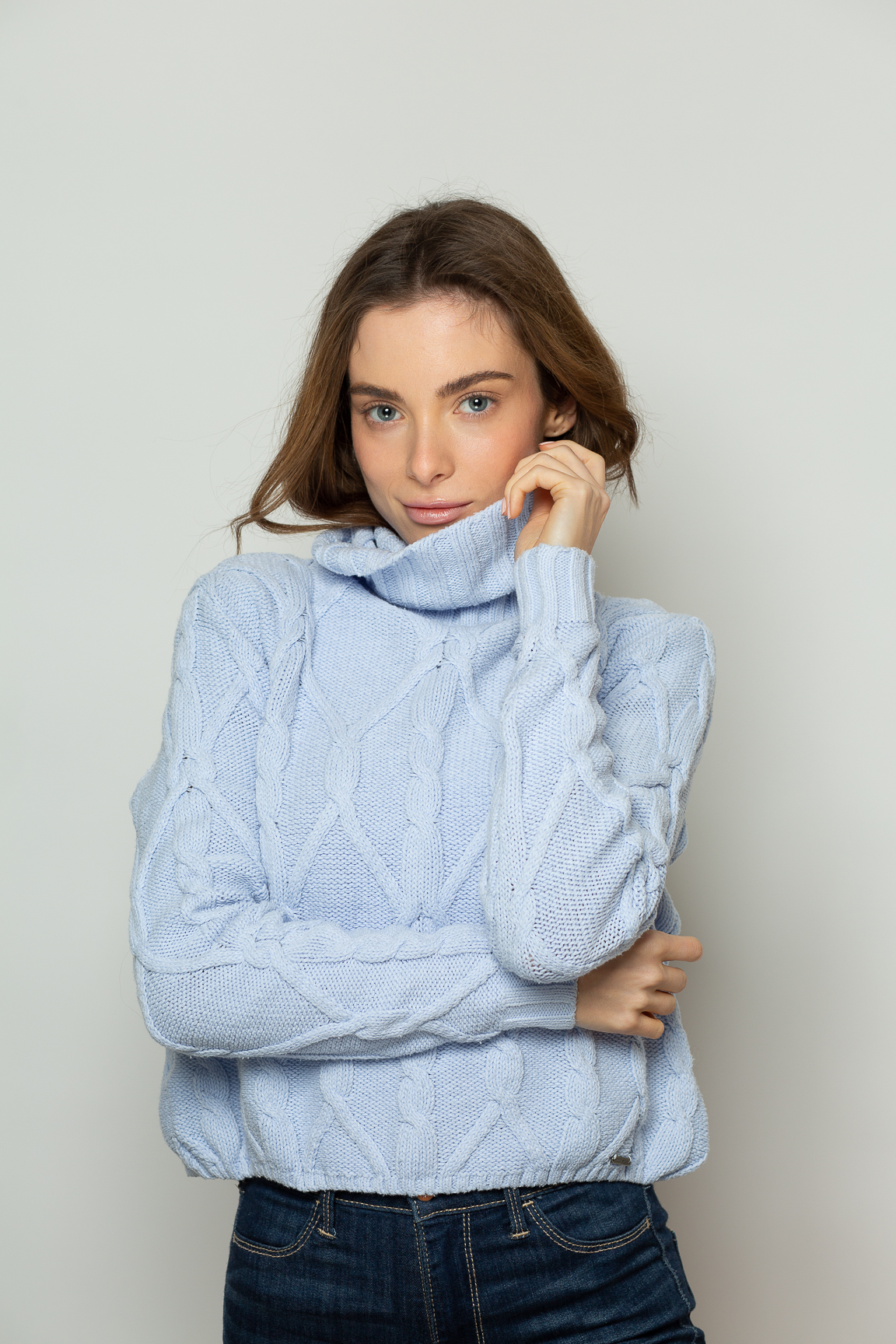
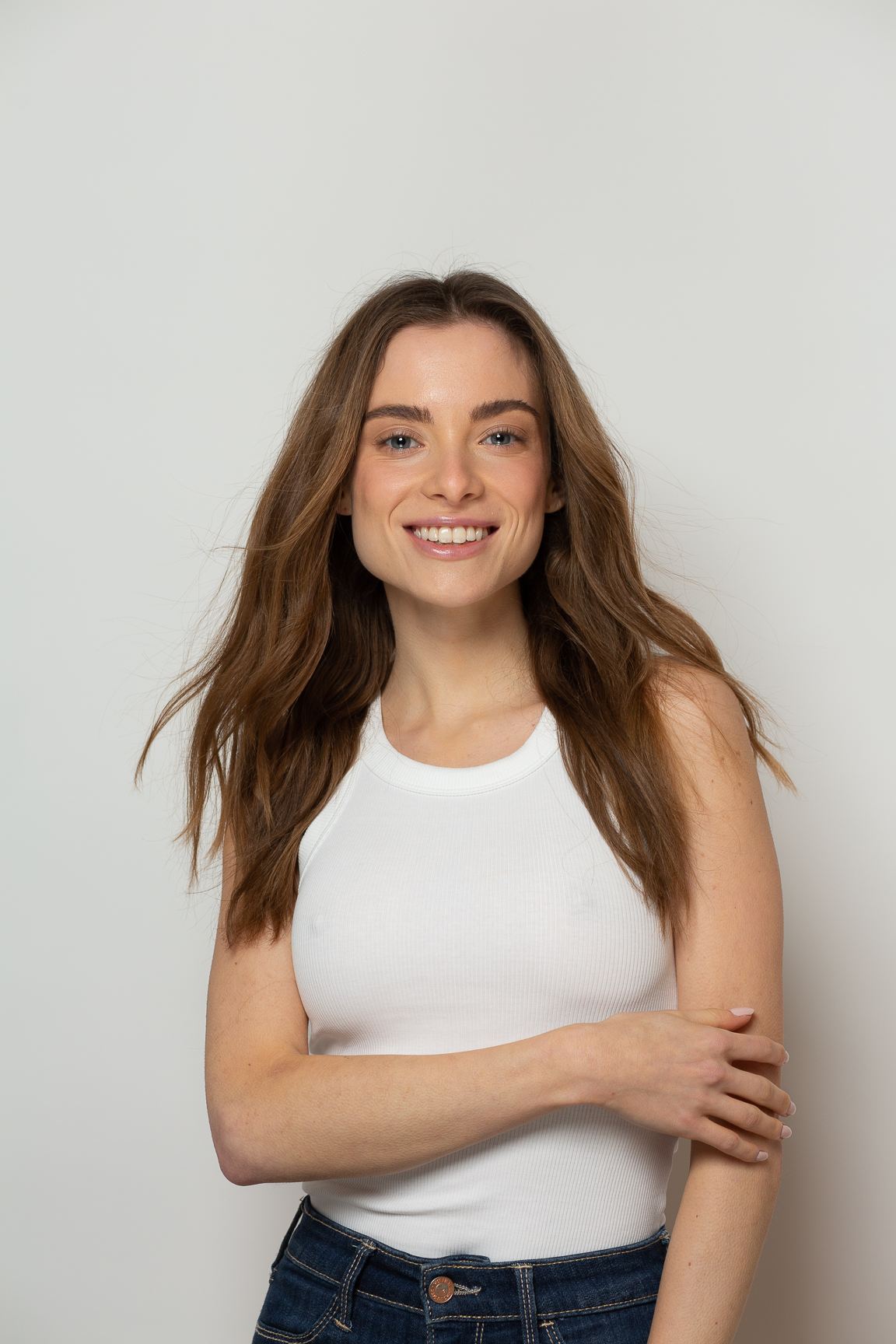
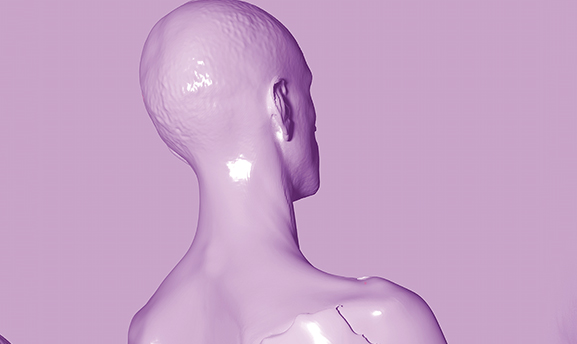
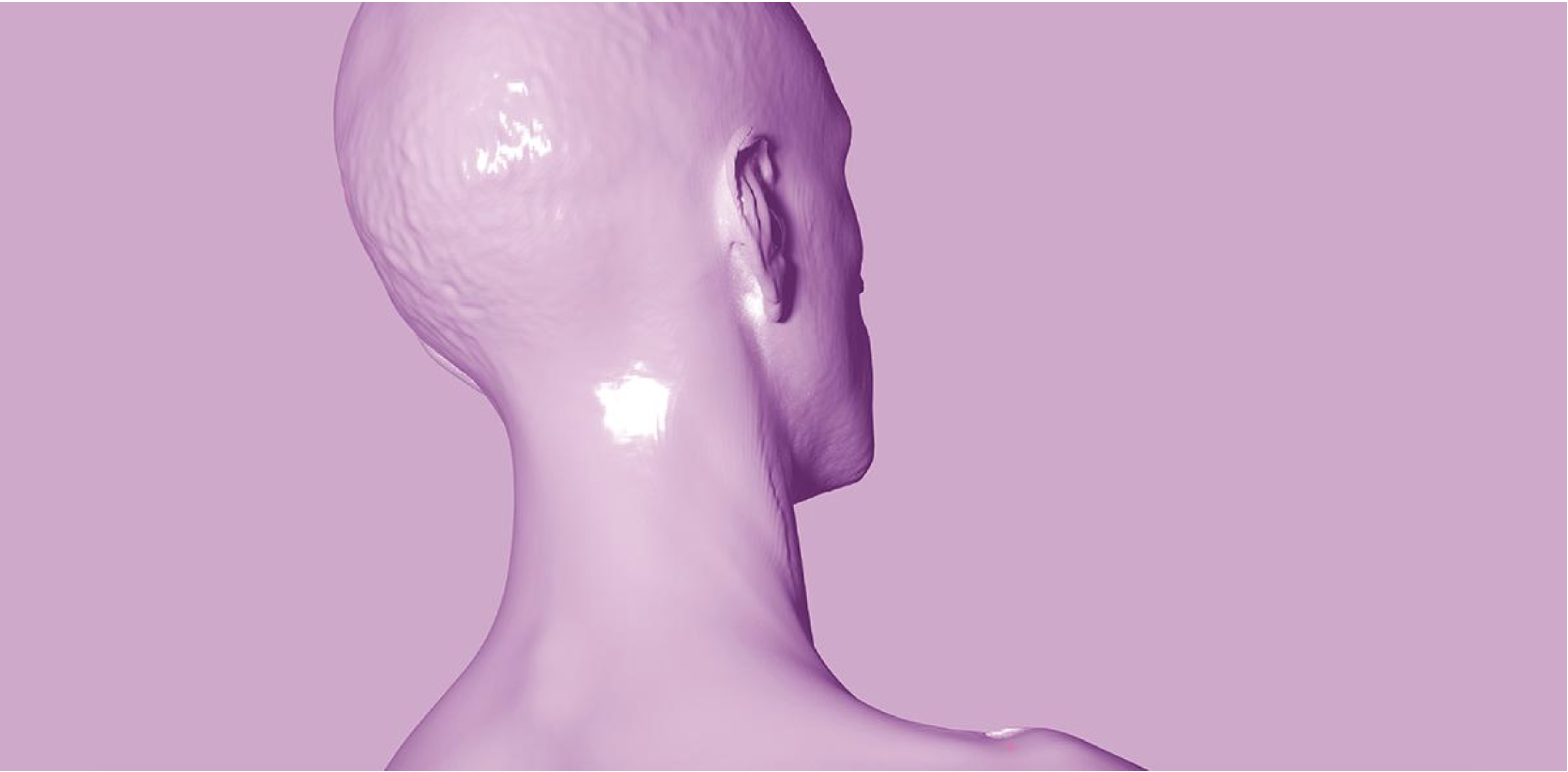
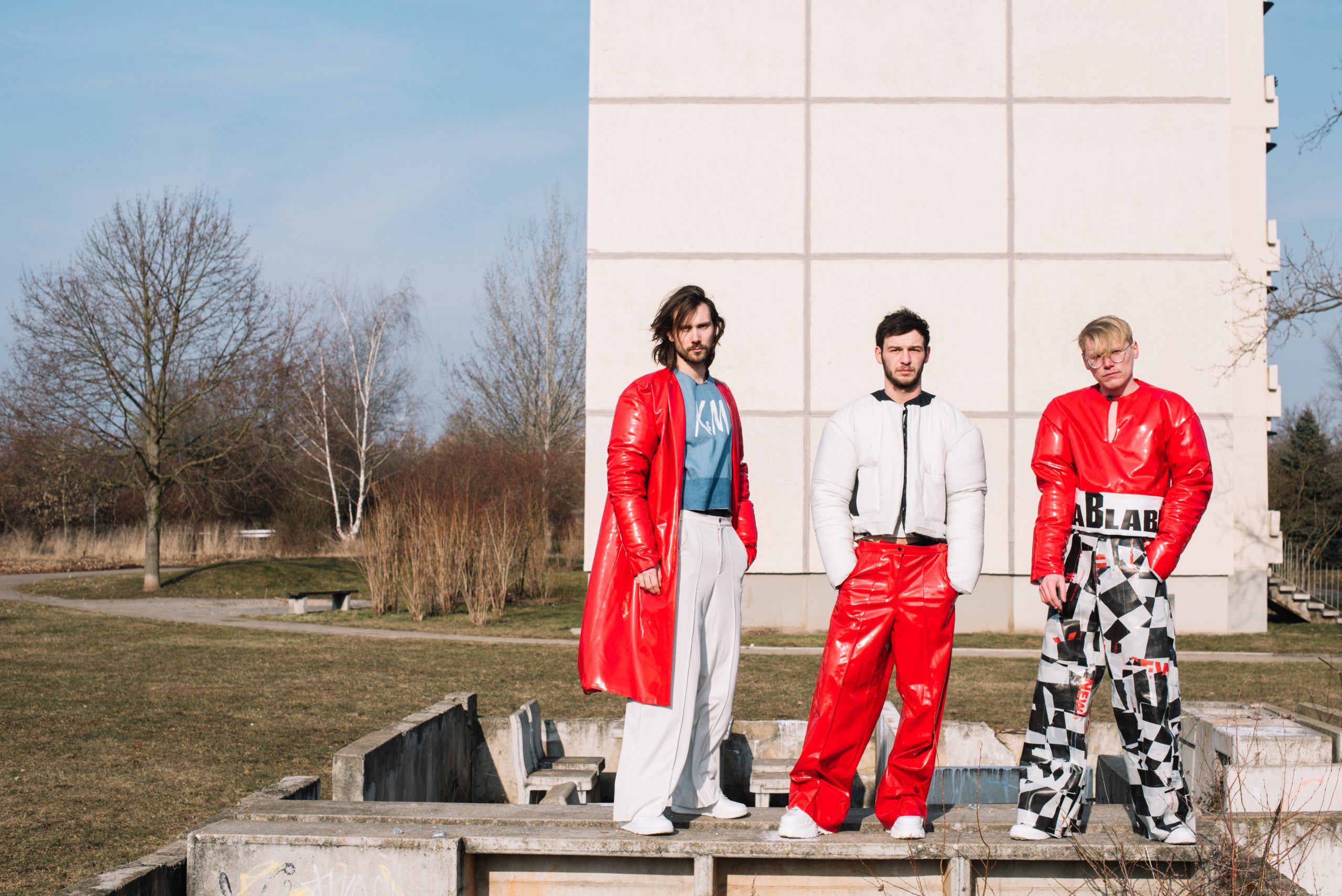
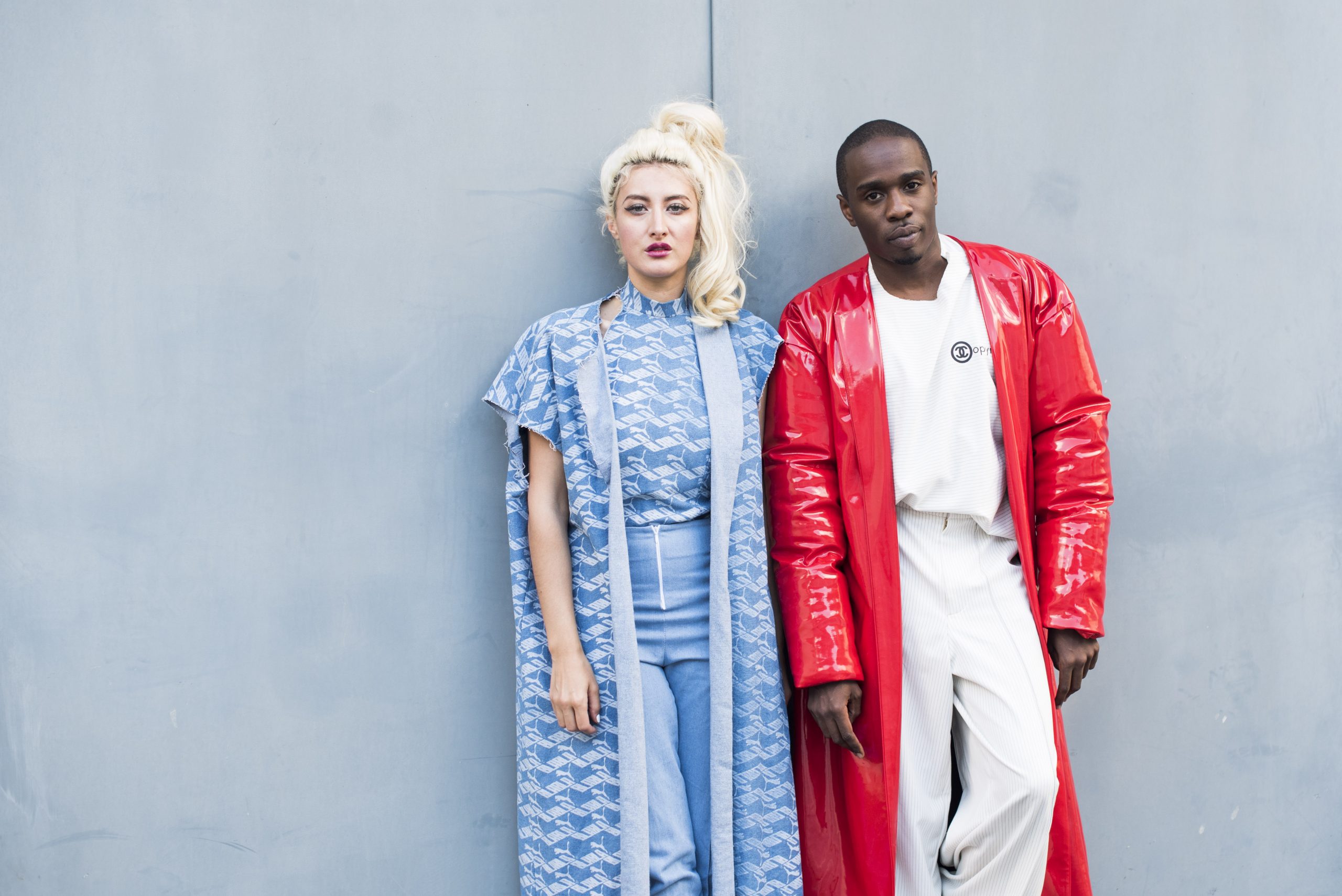
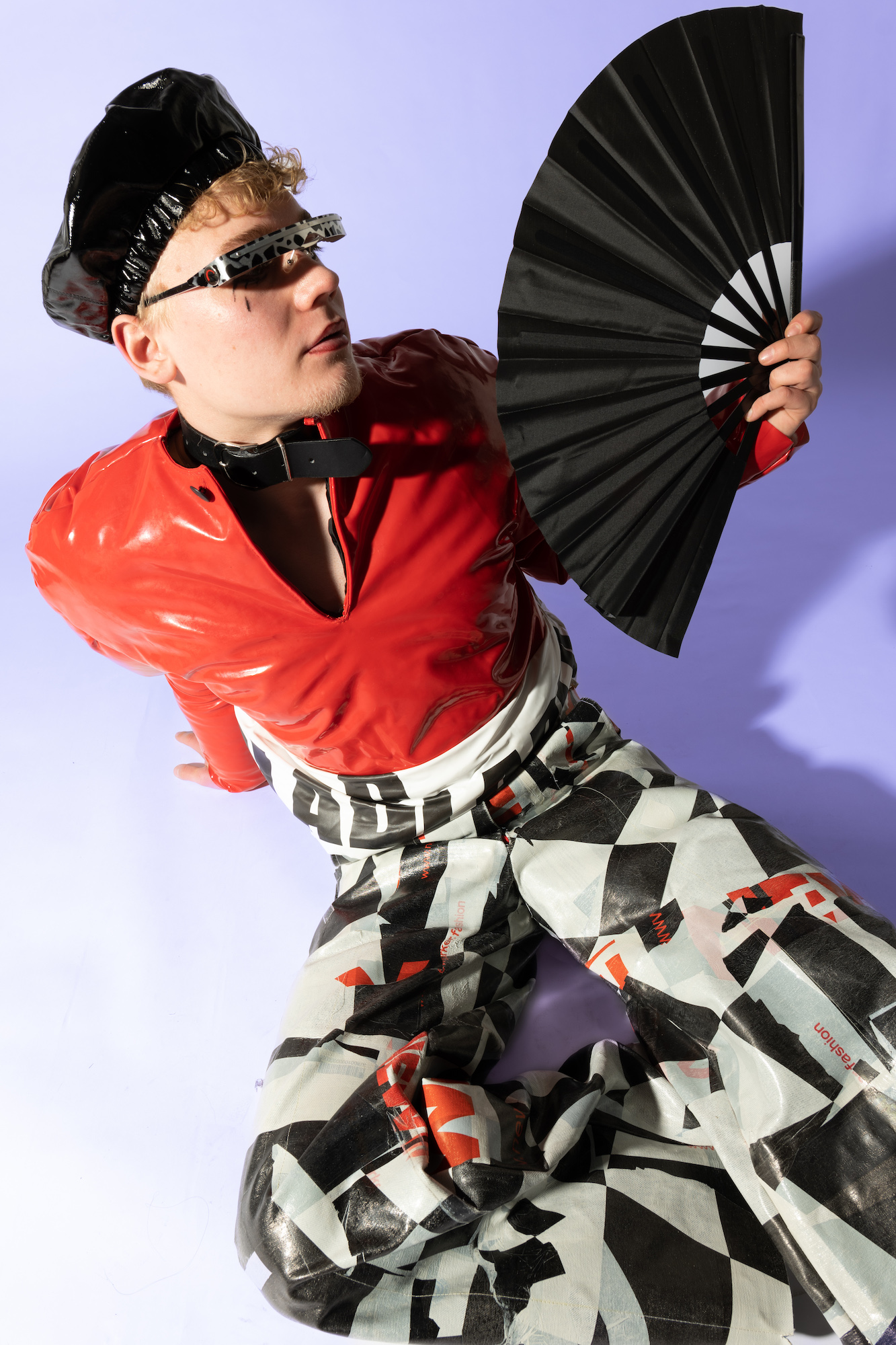
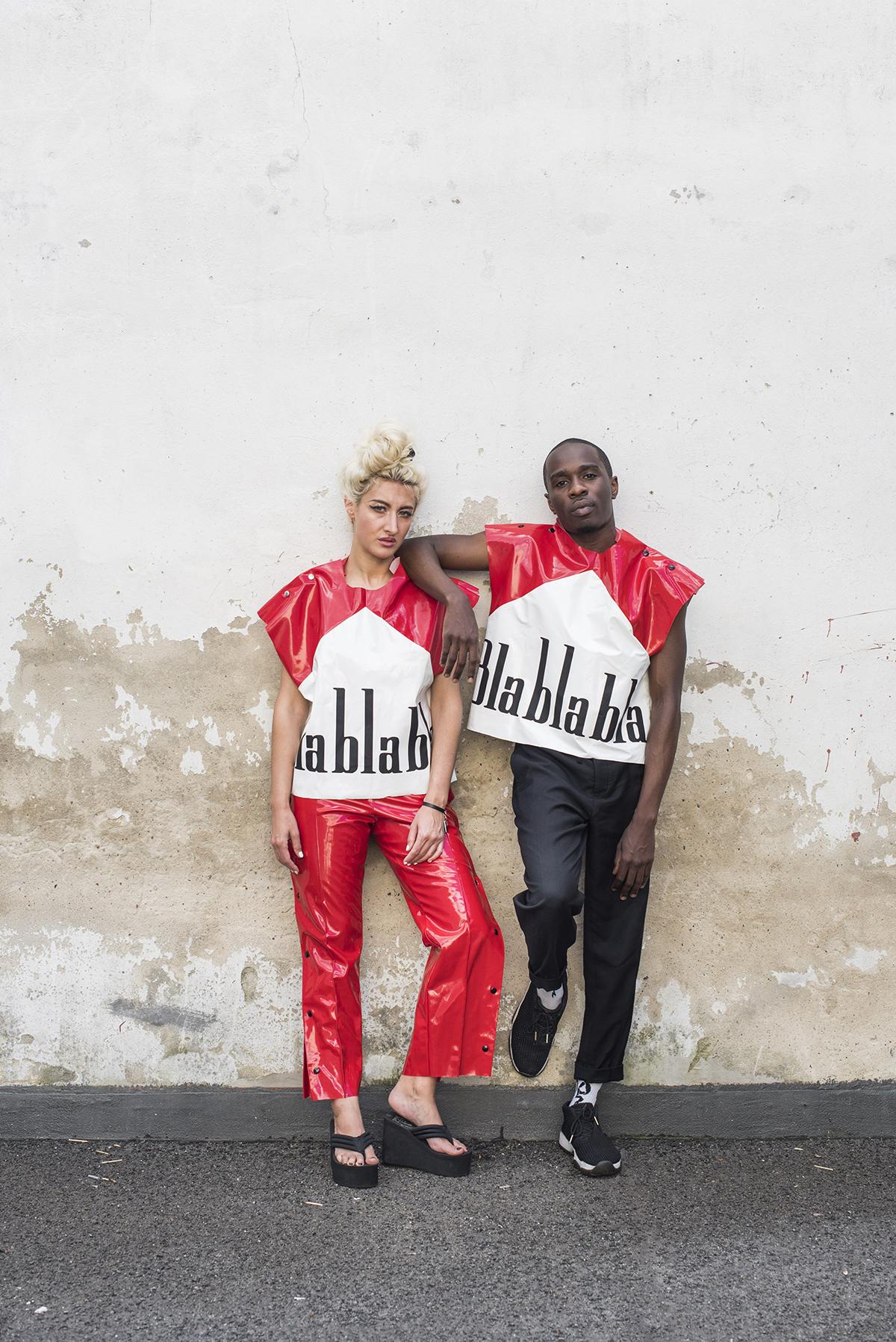
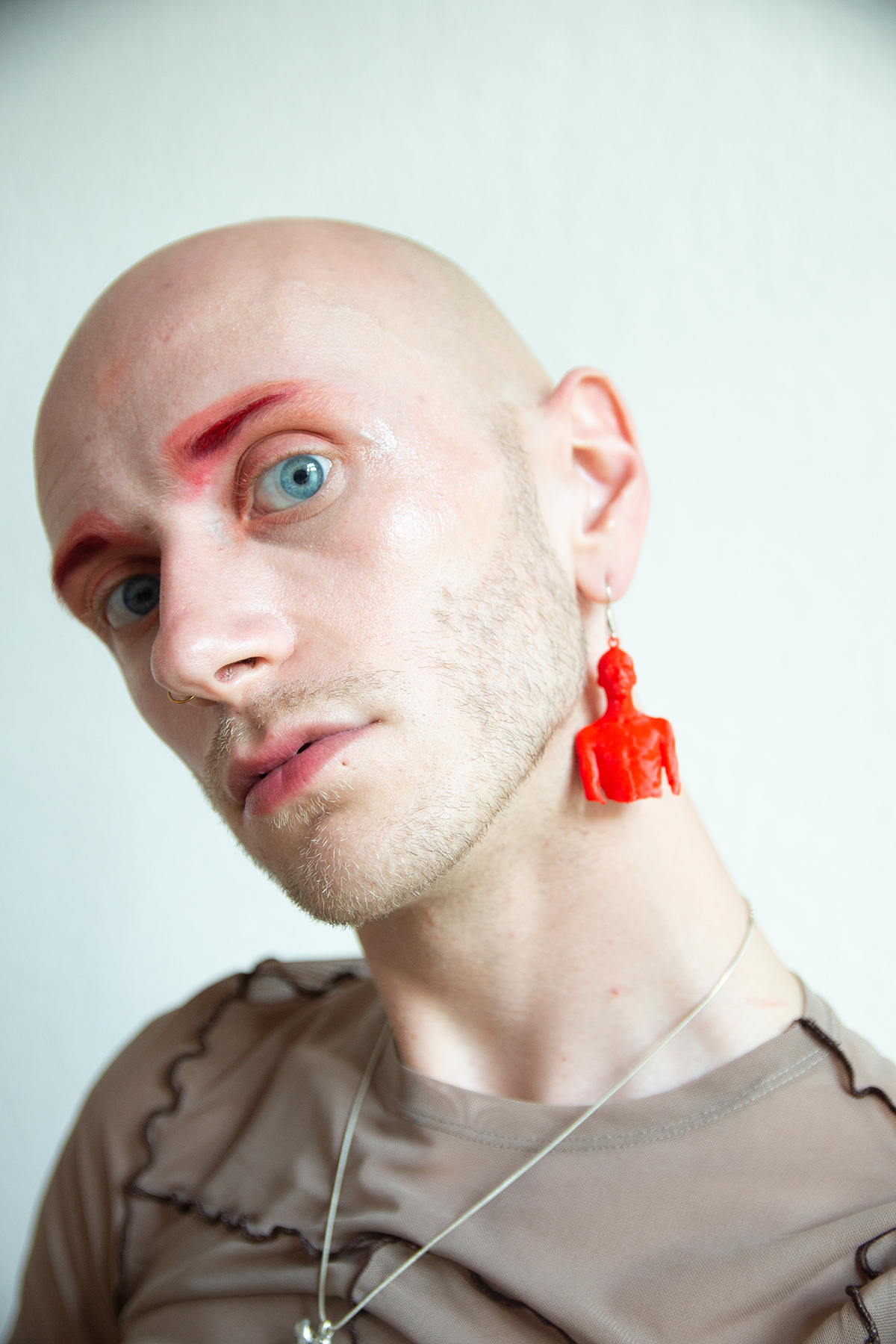

Neueste Kommentare